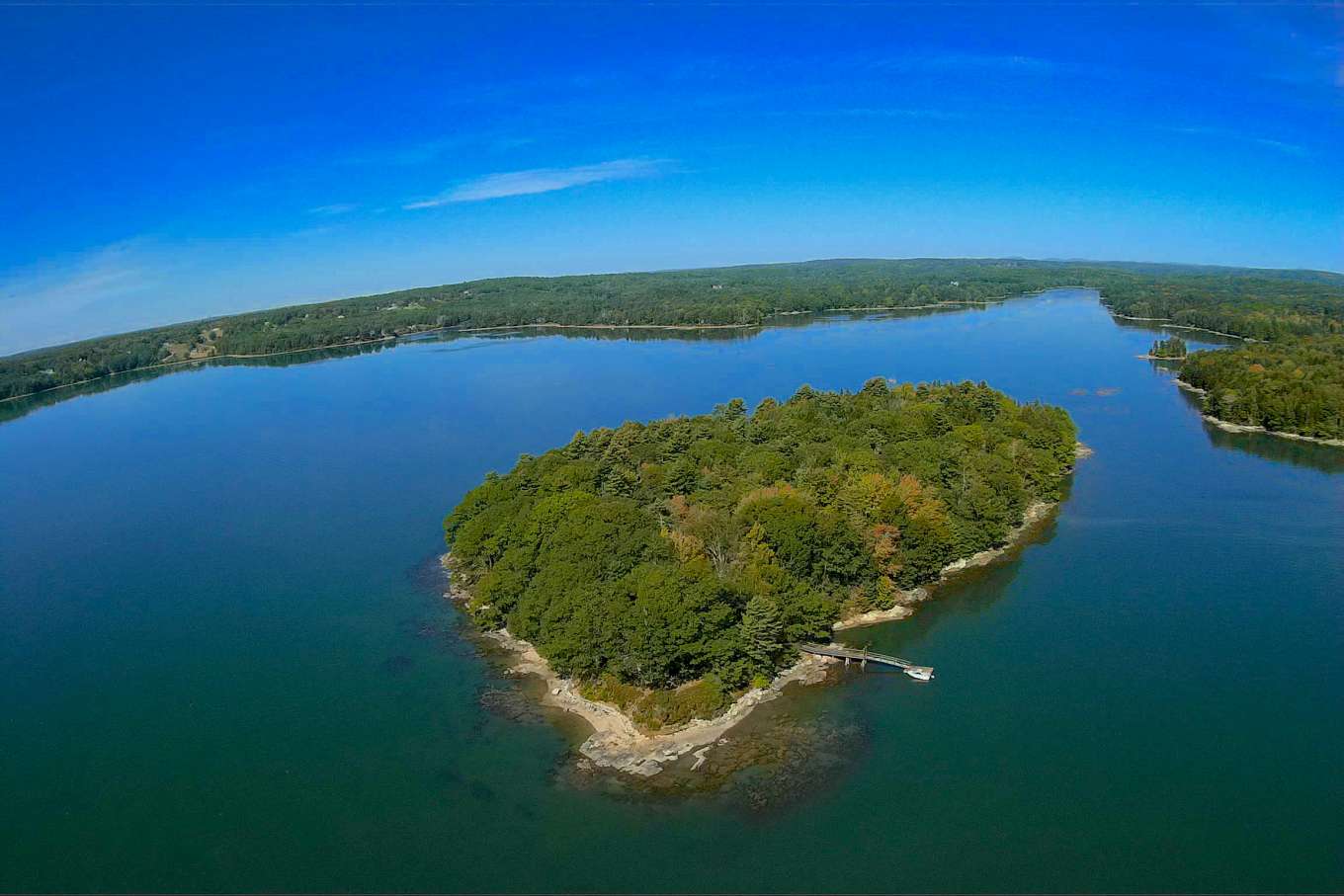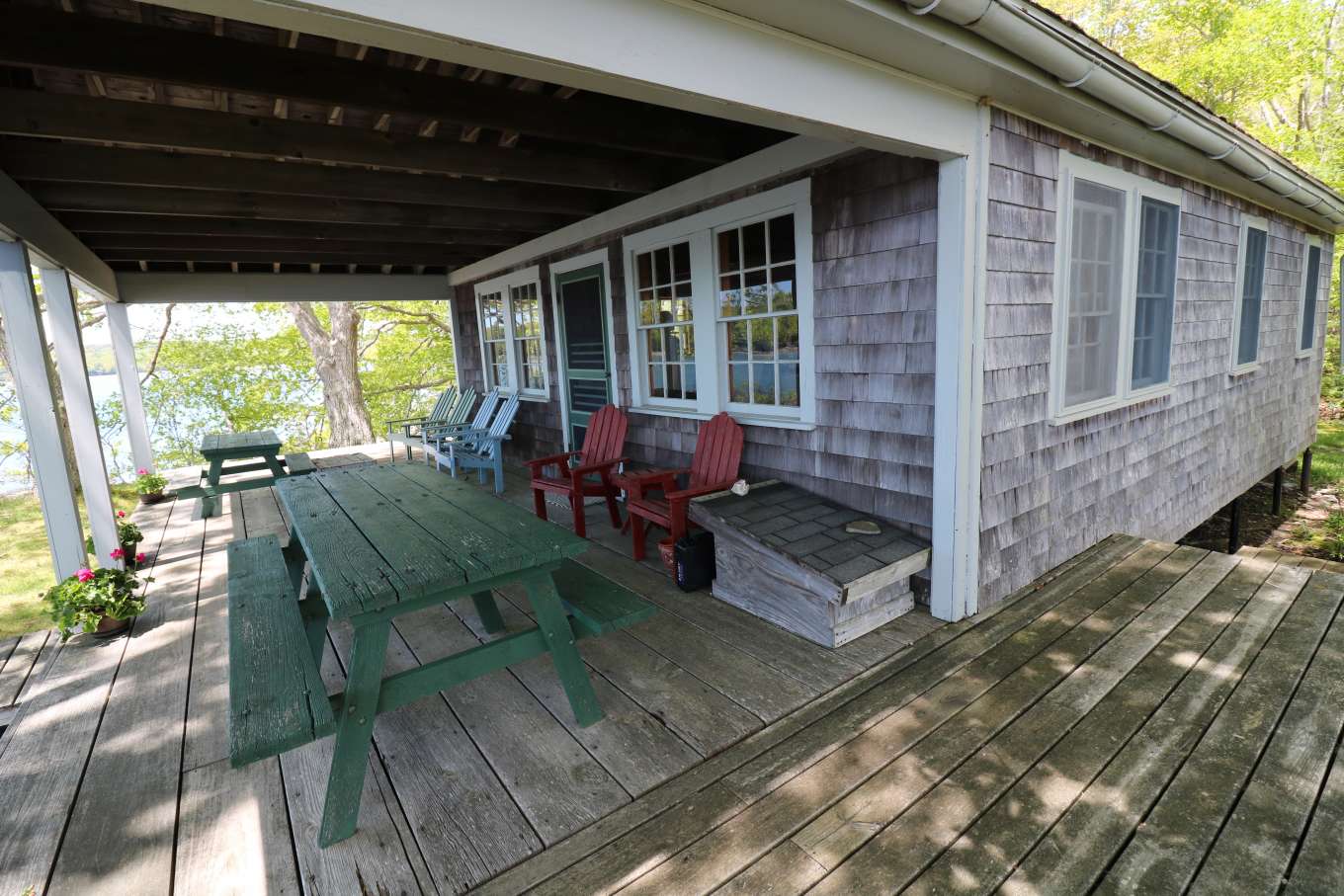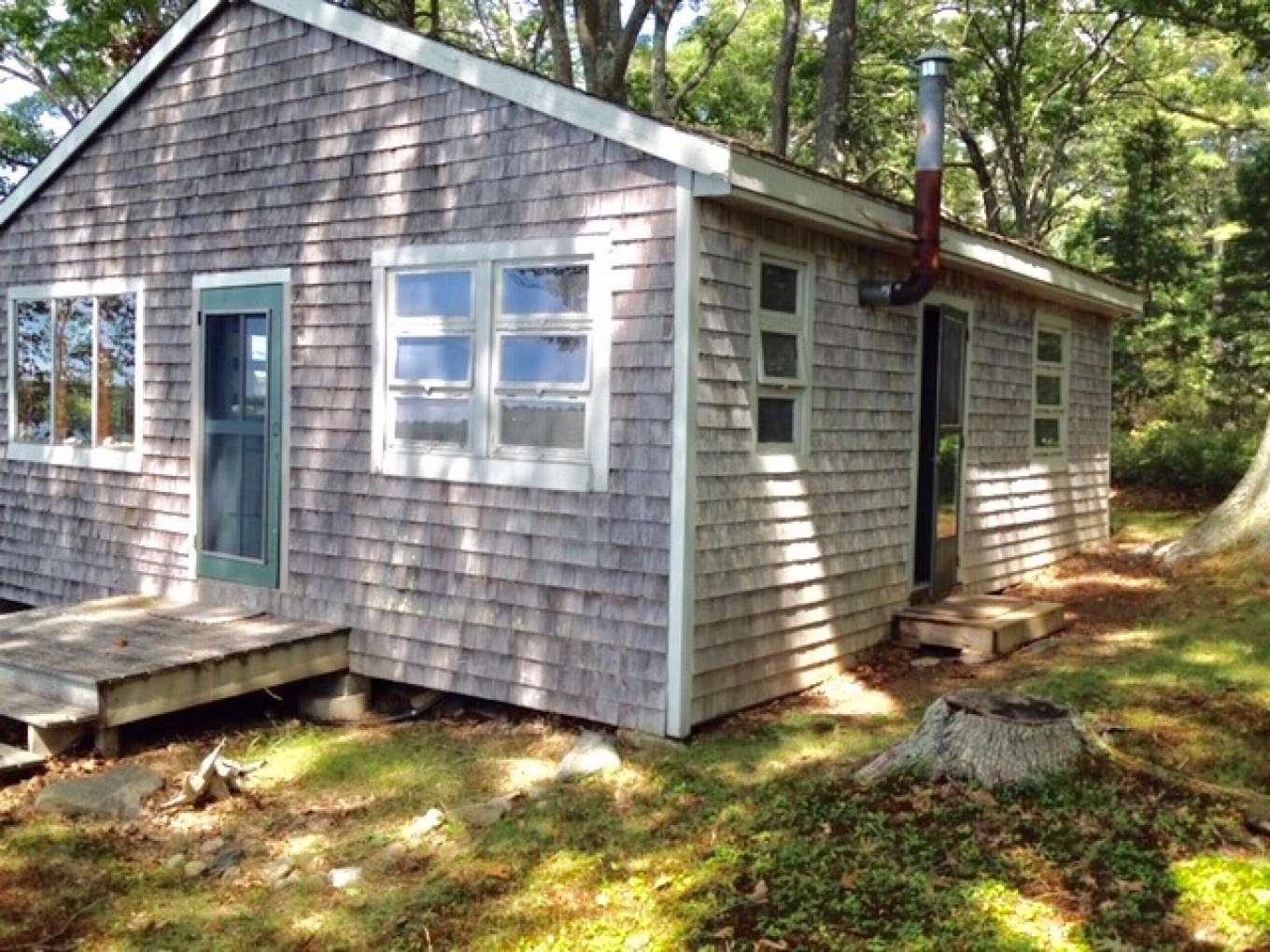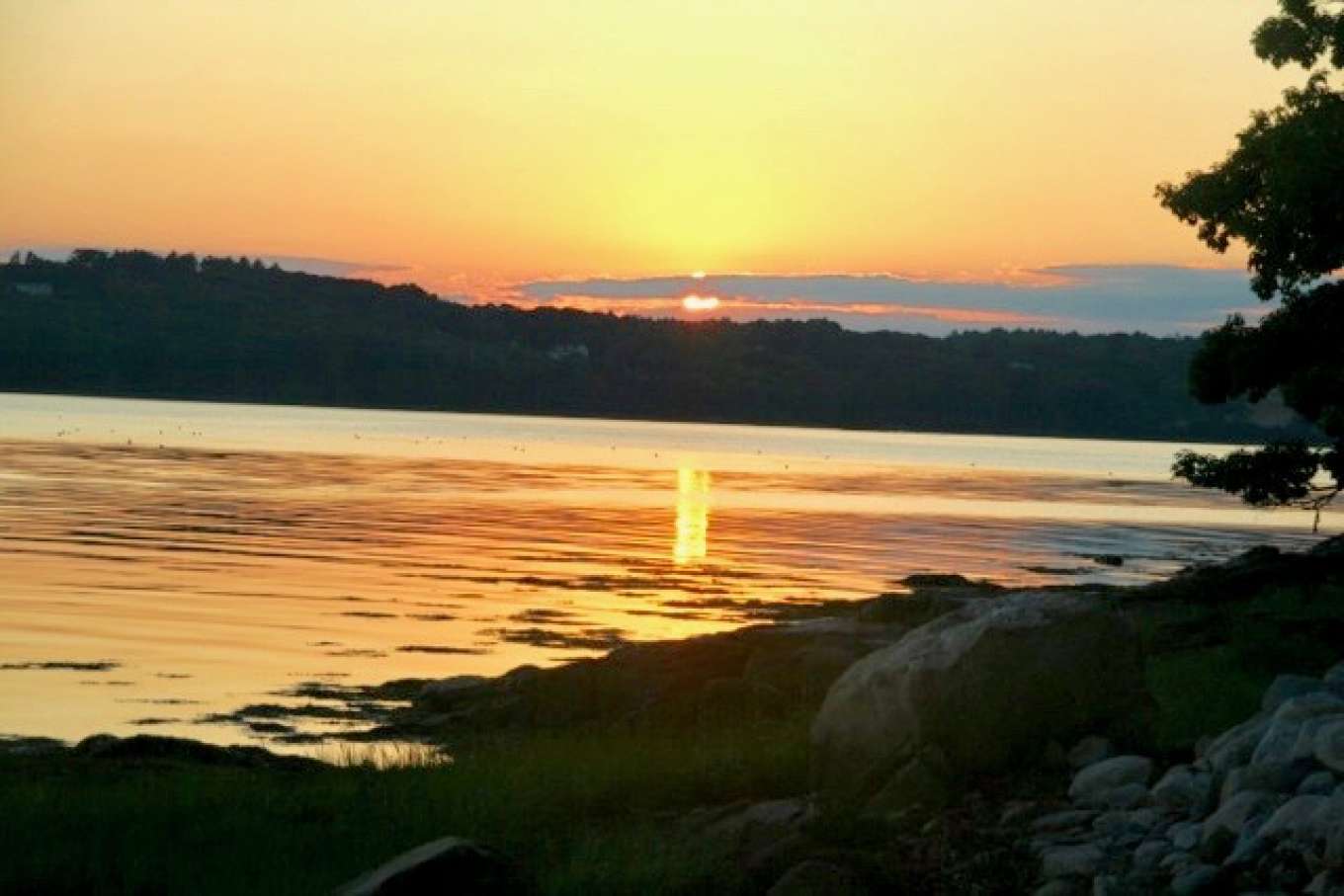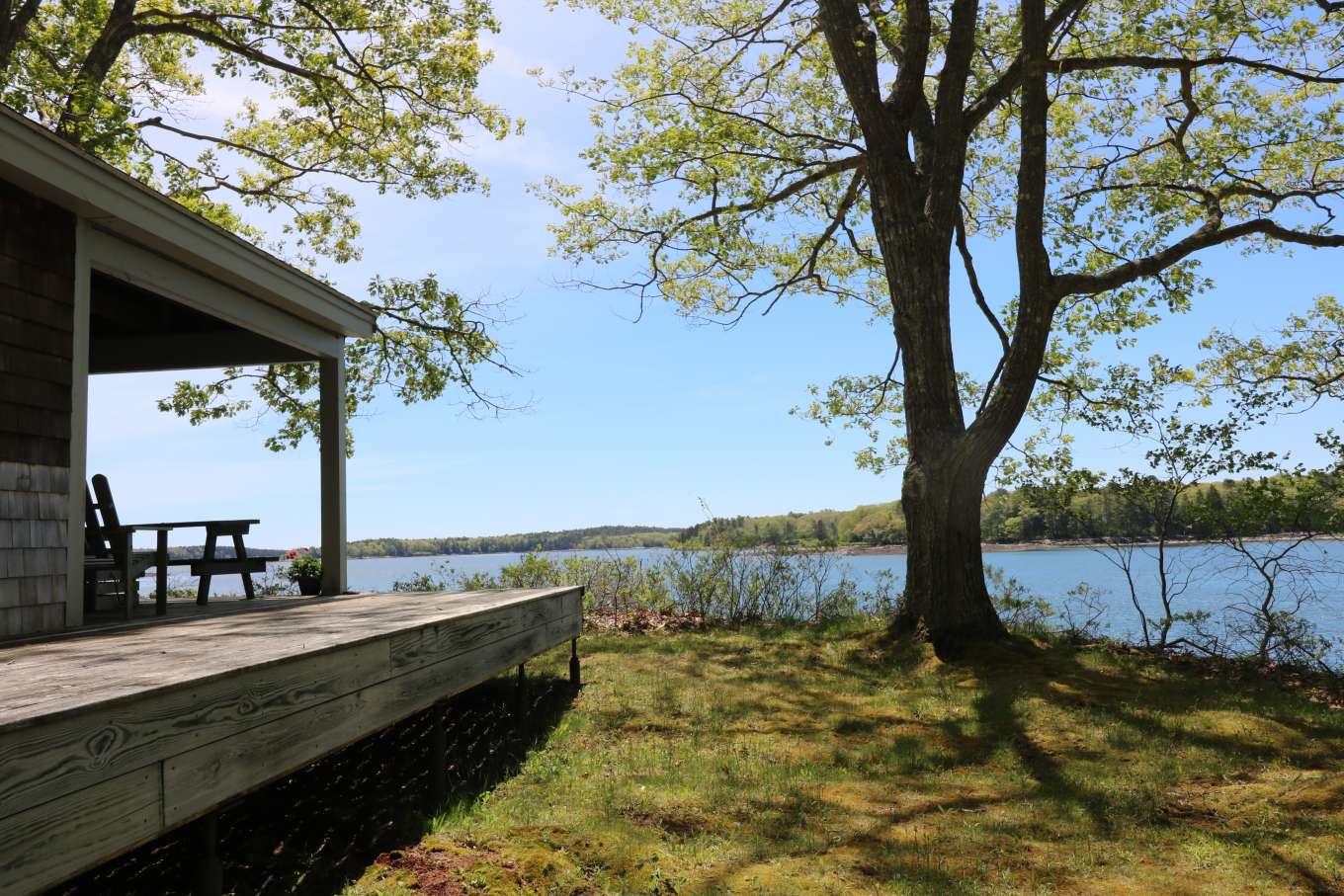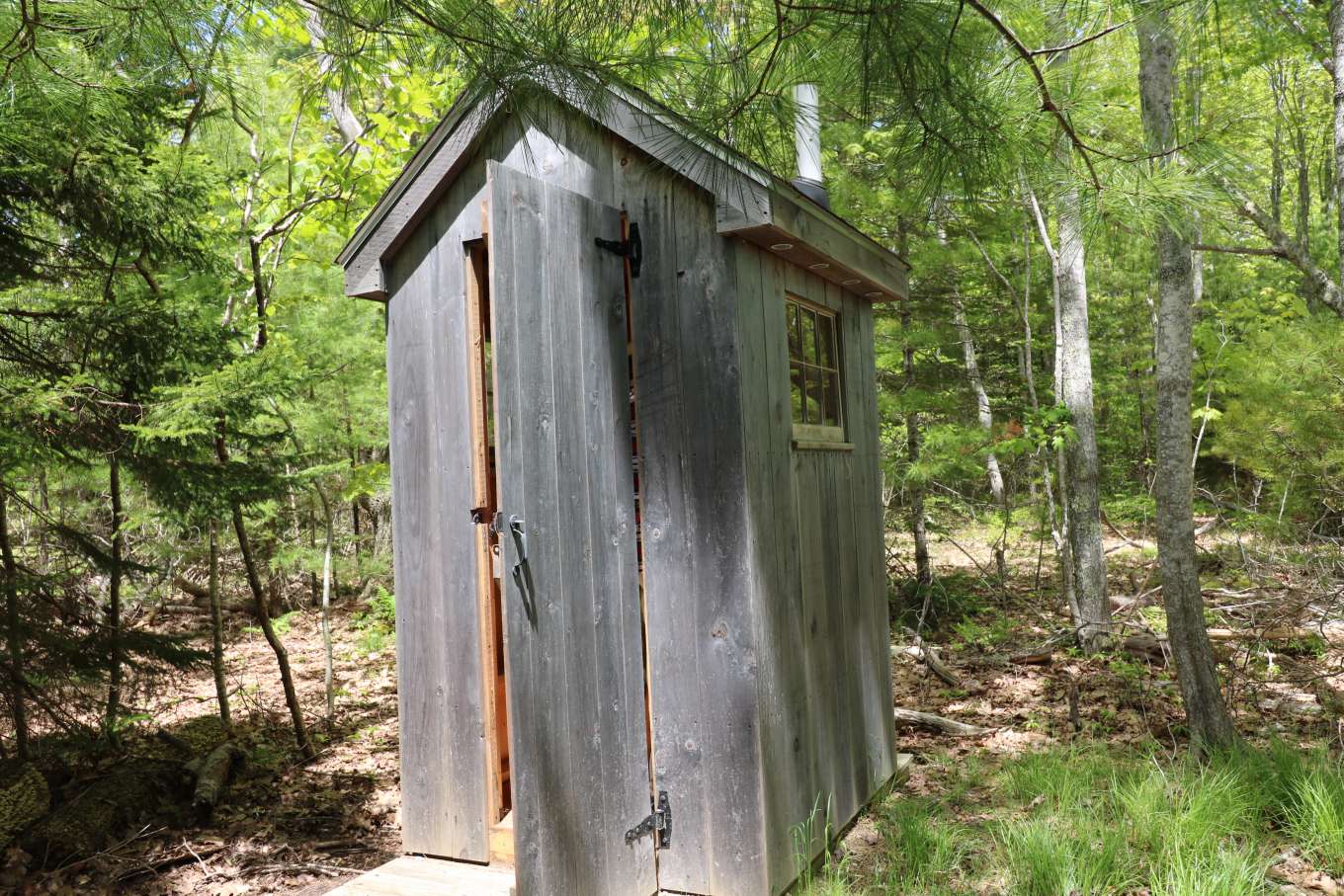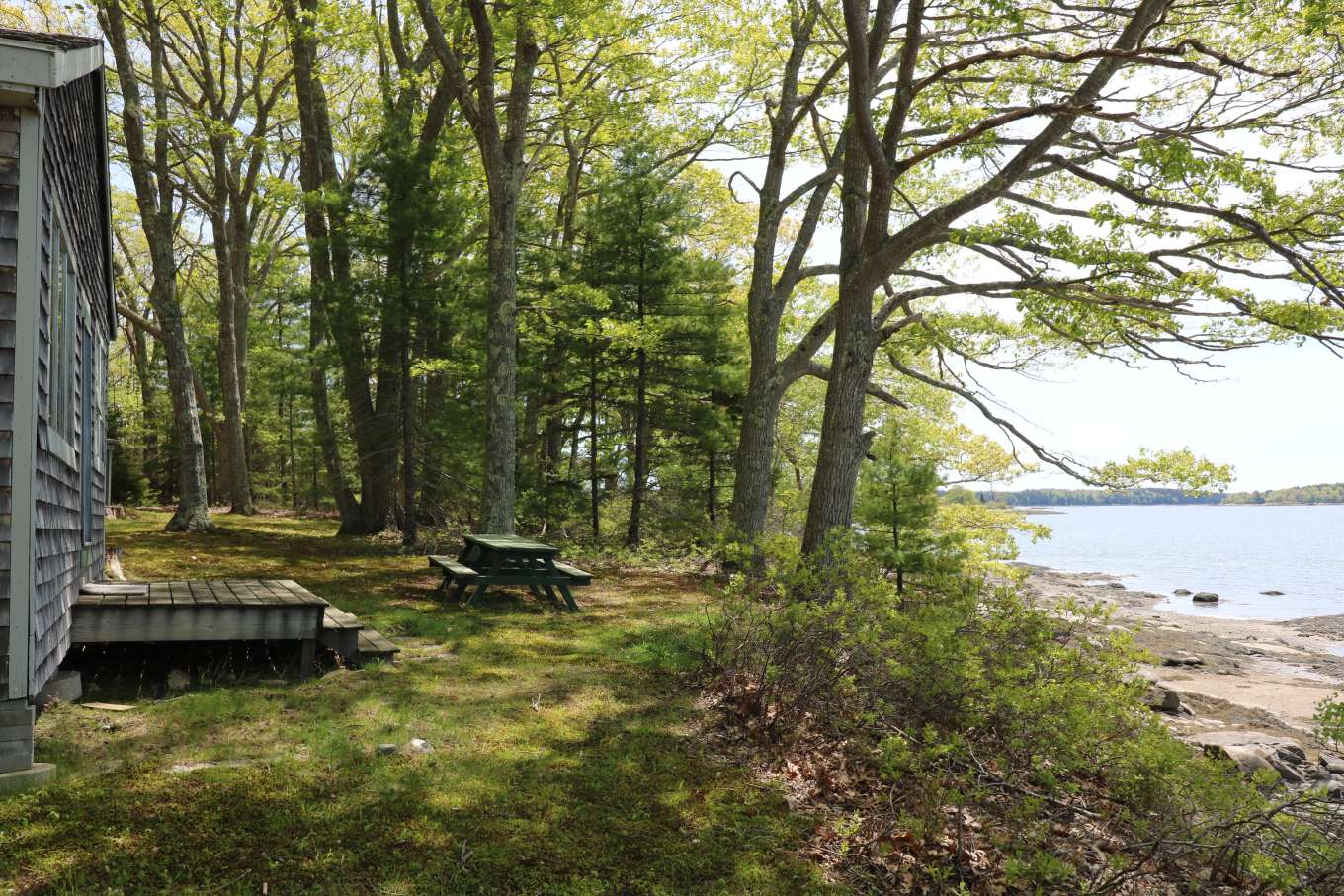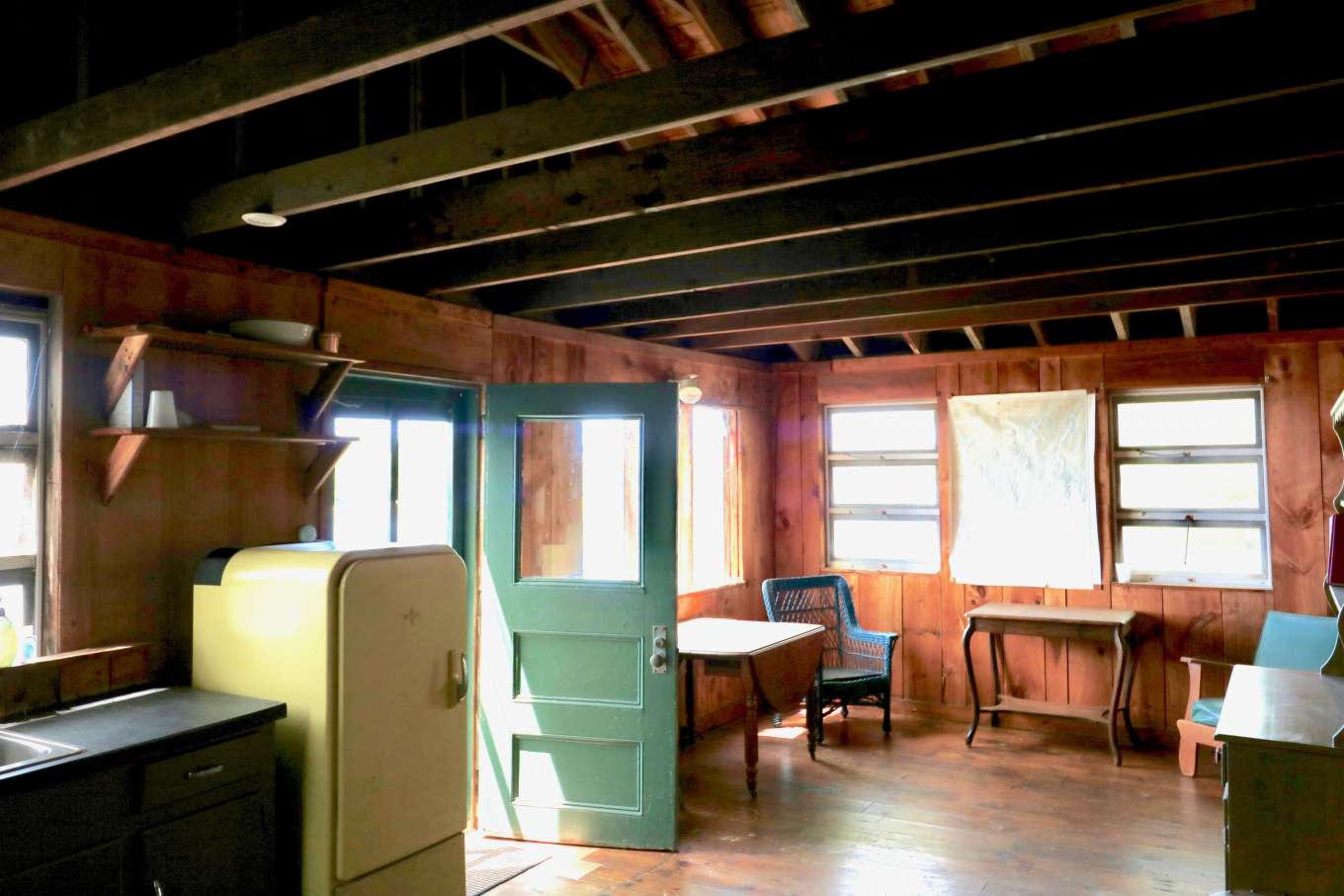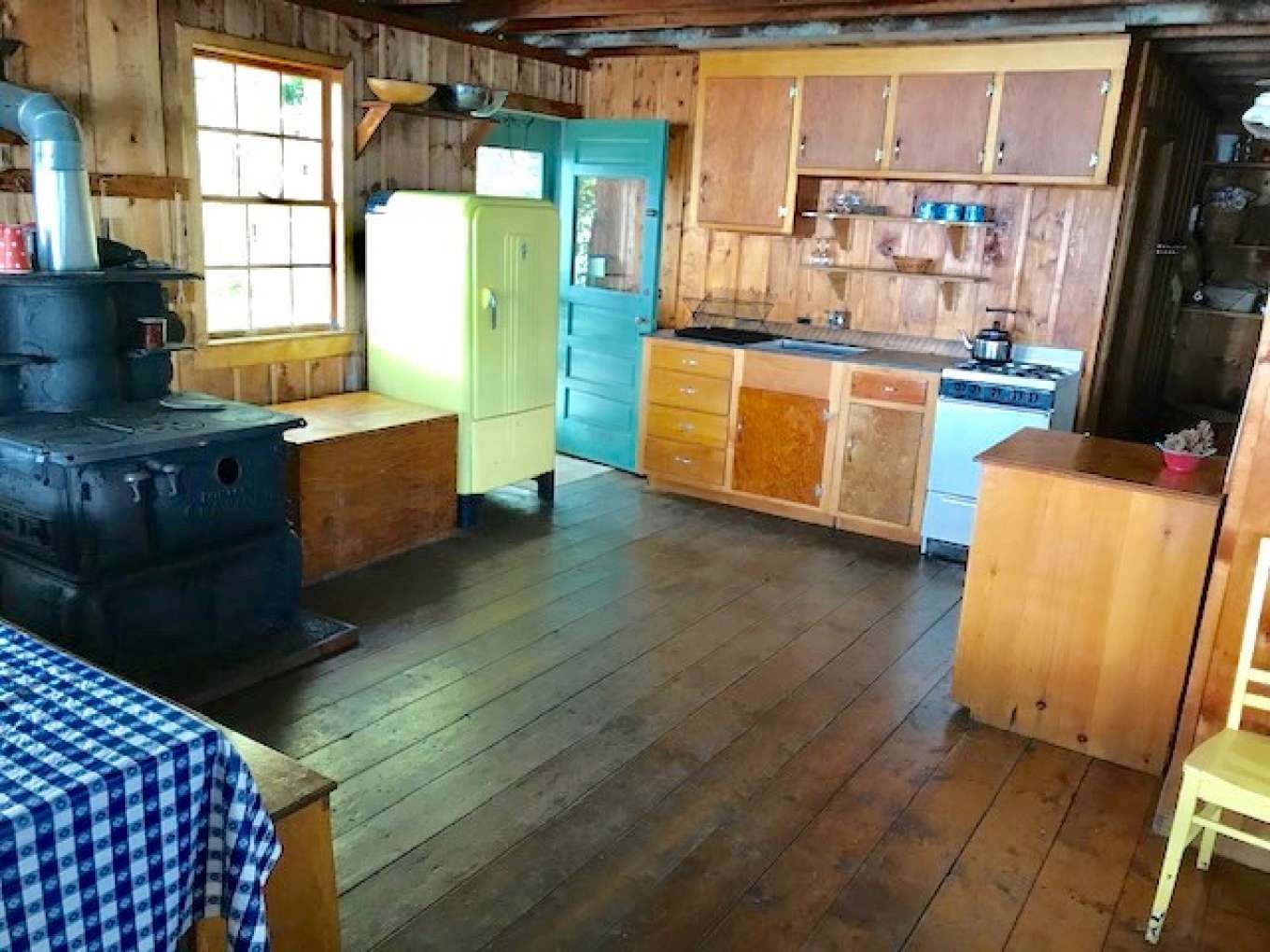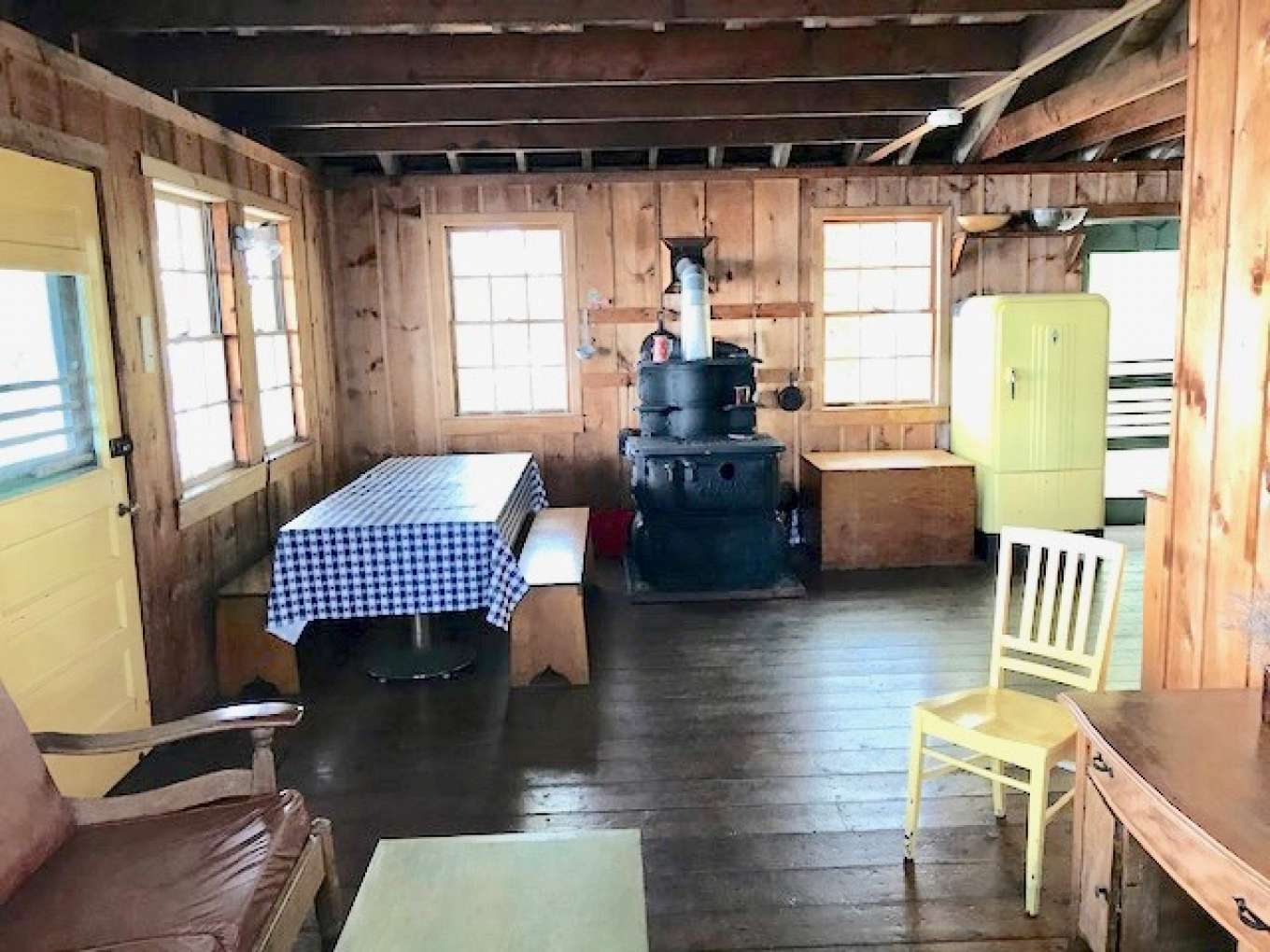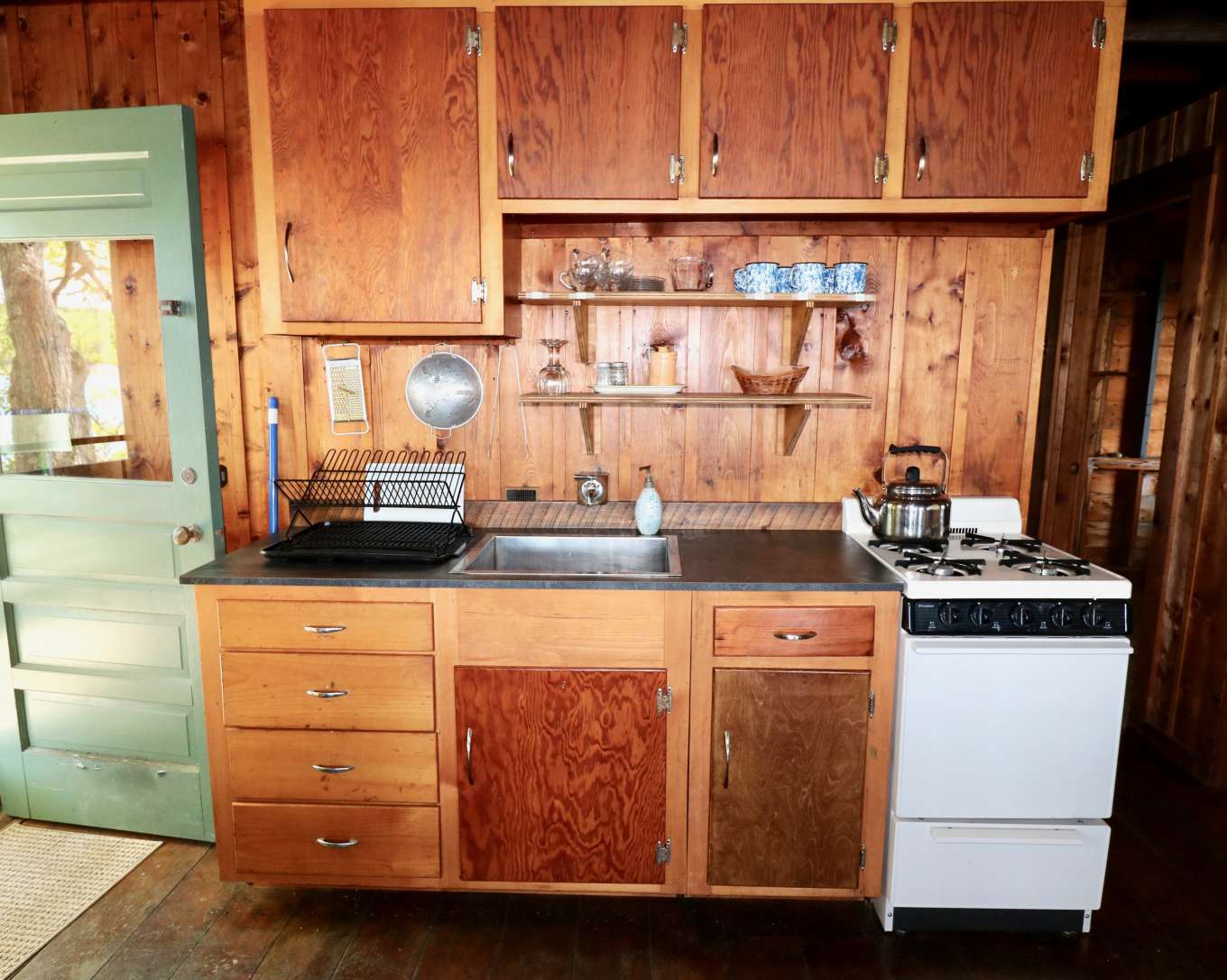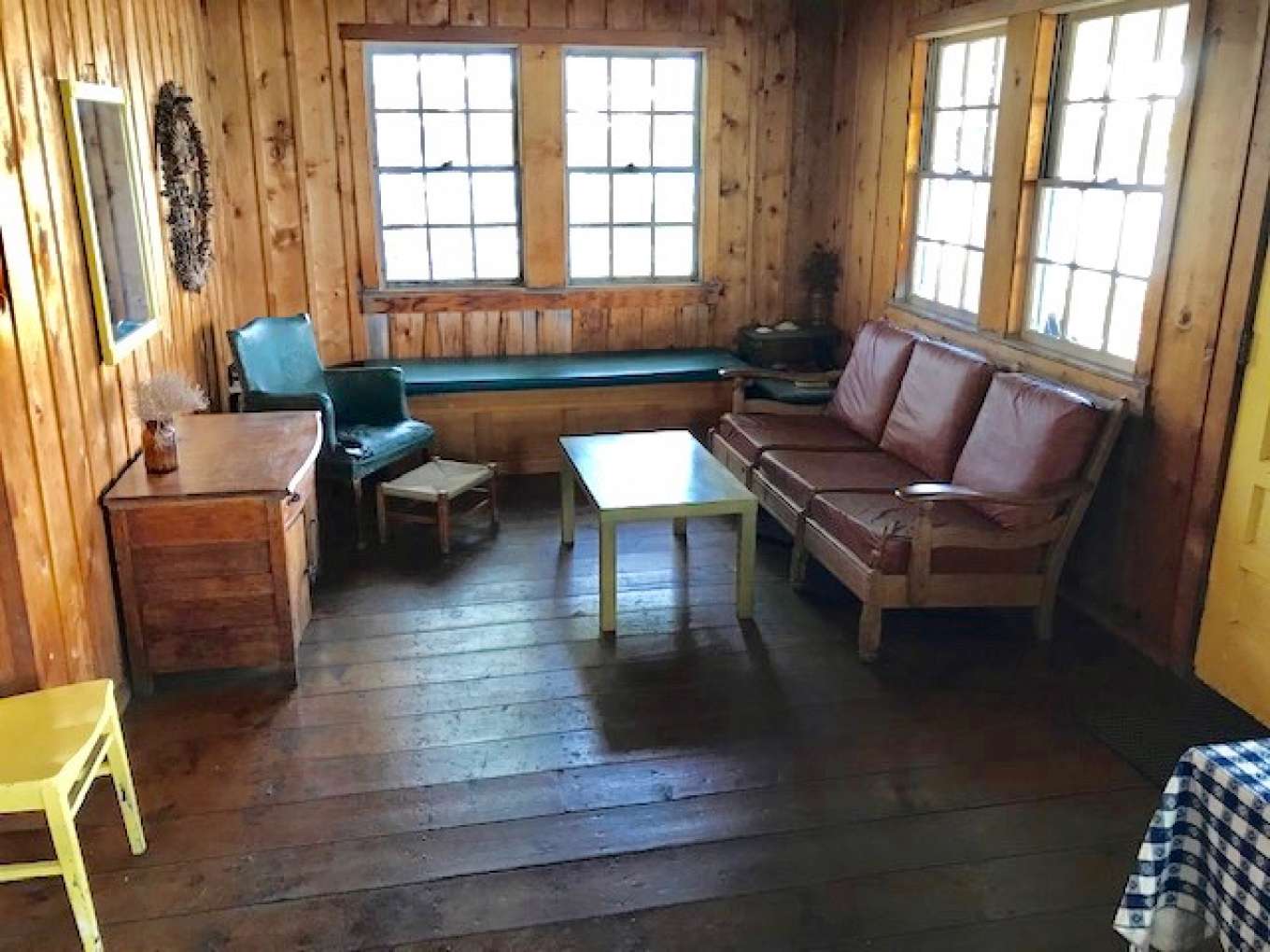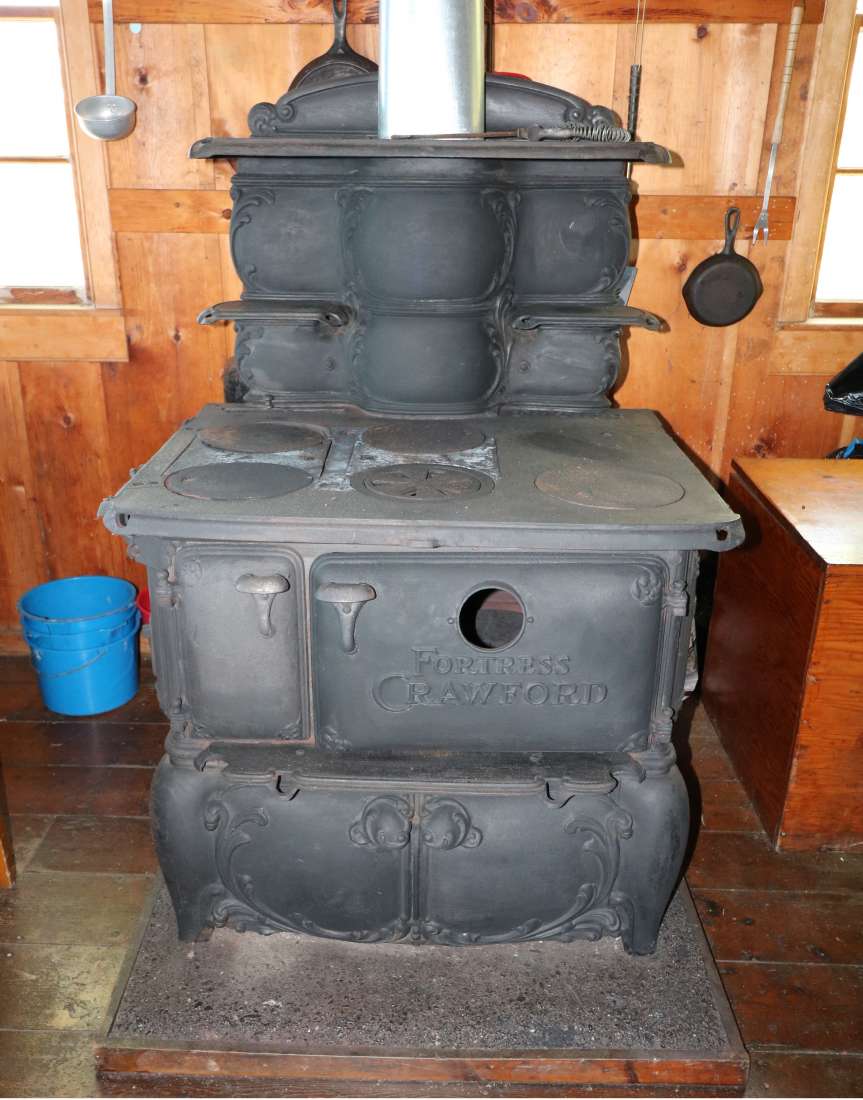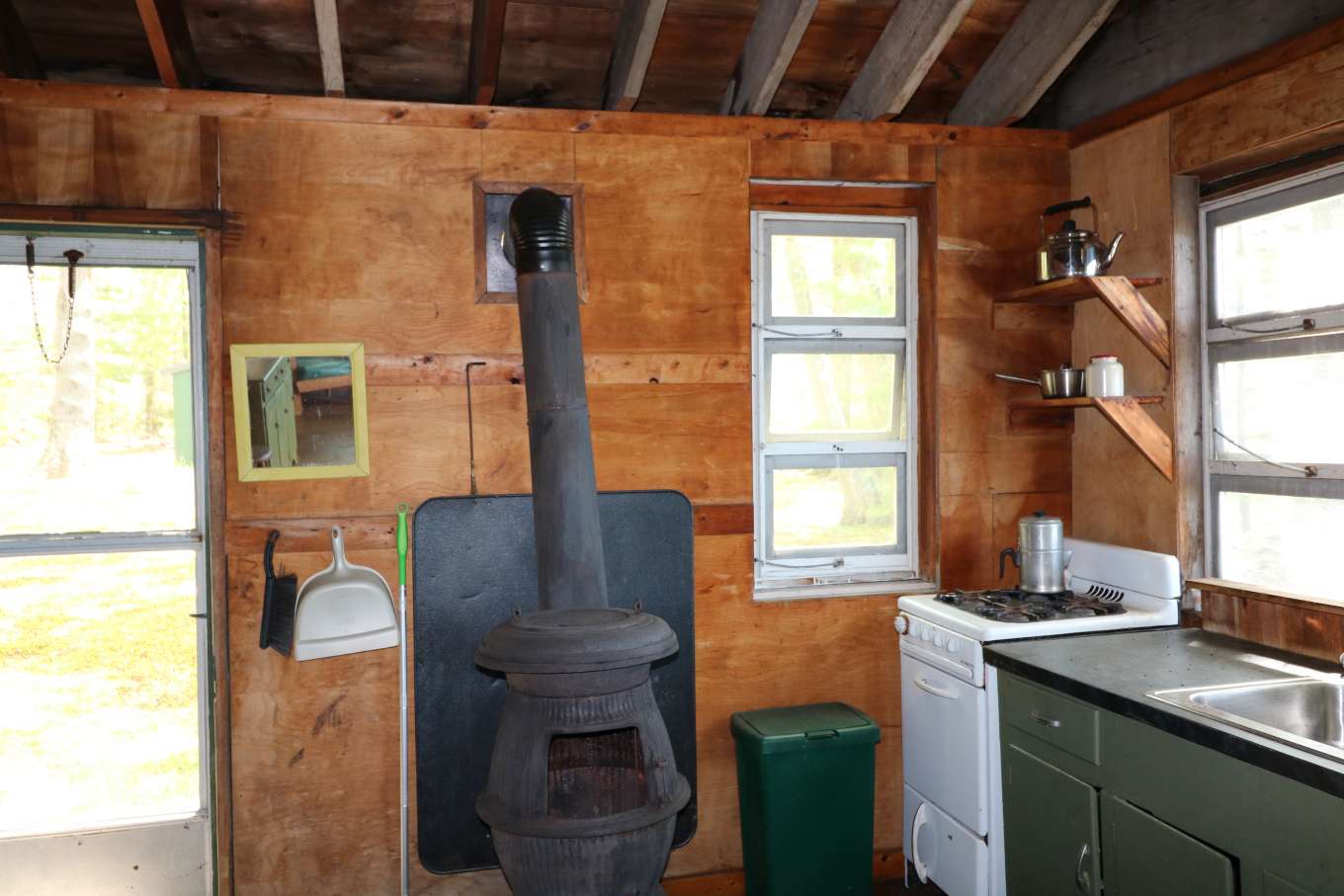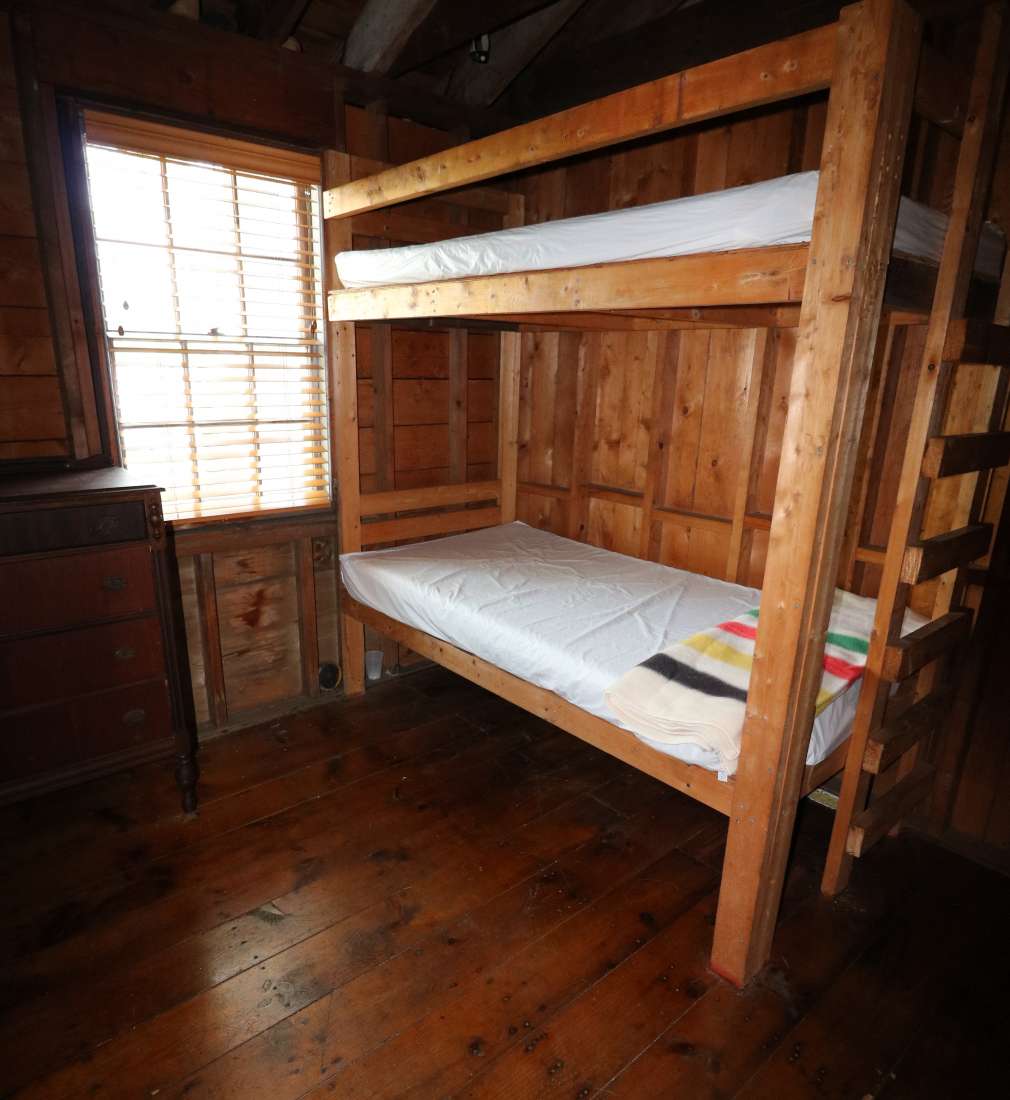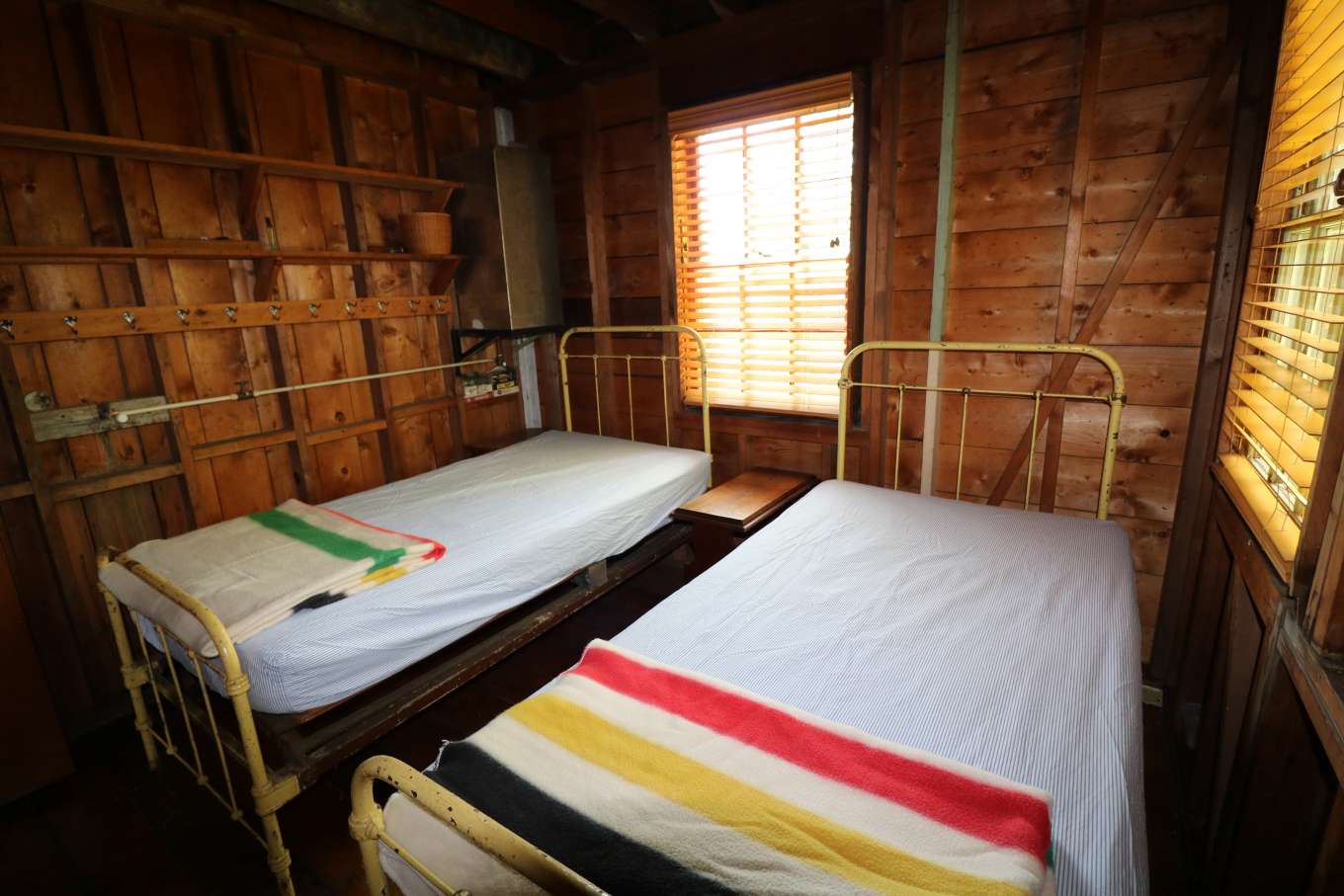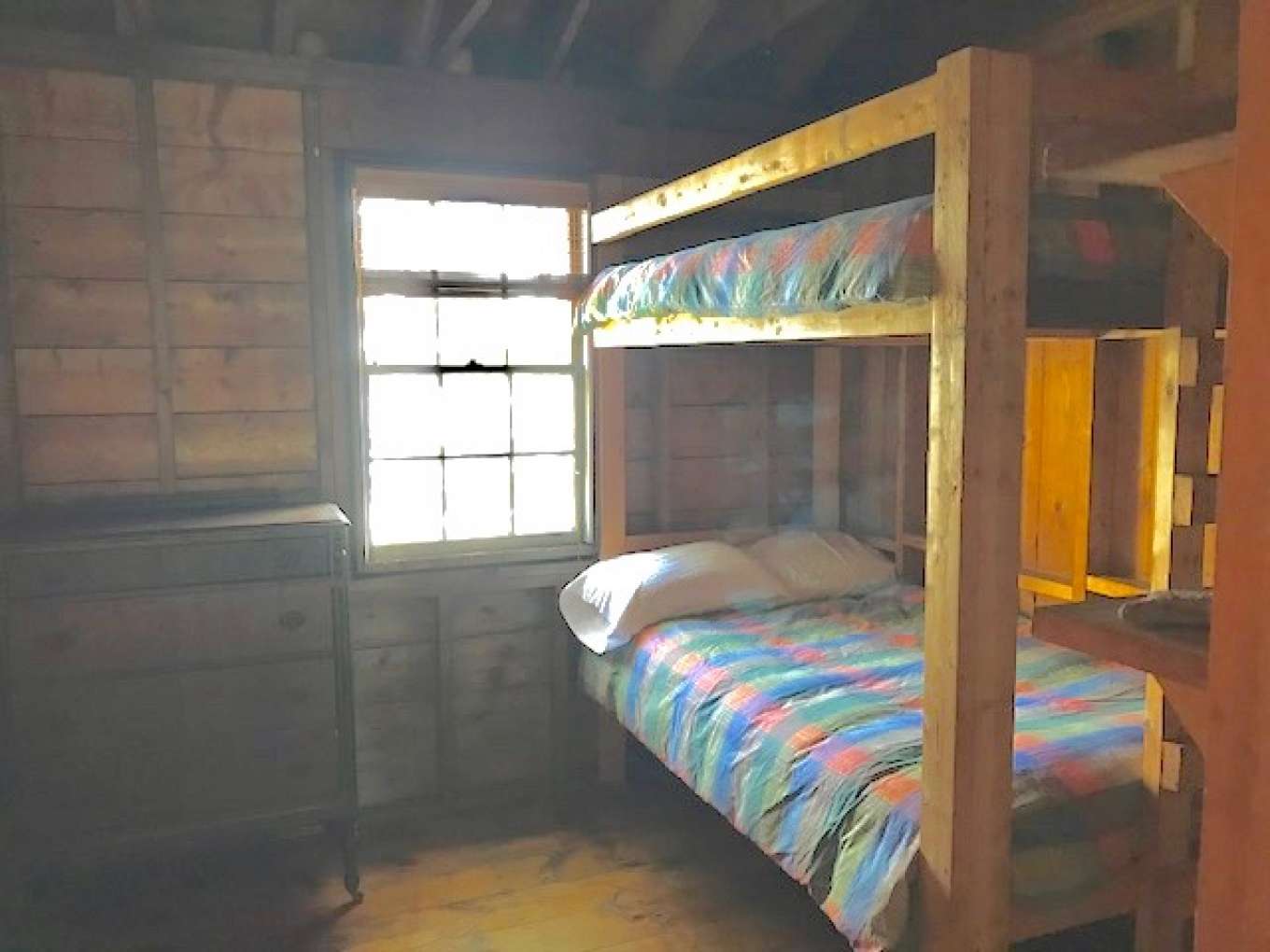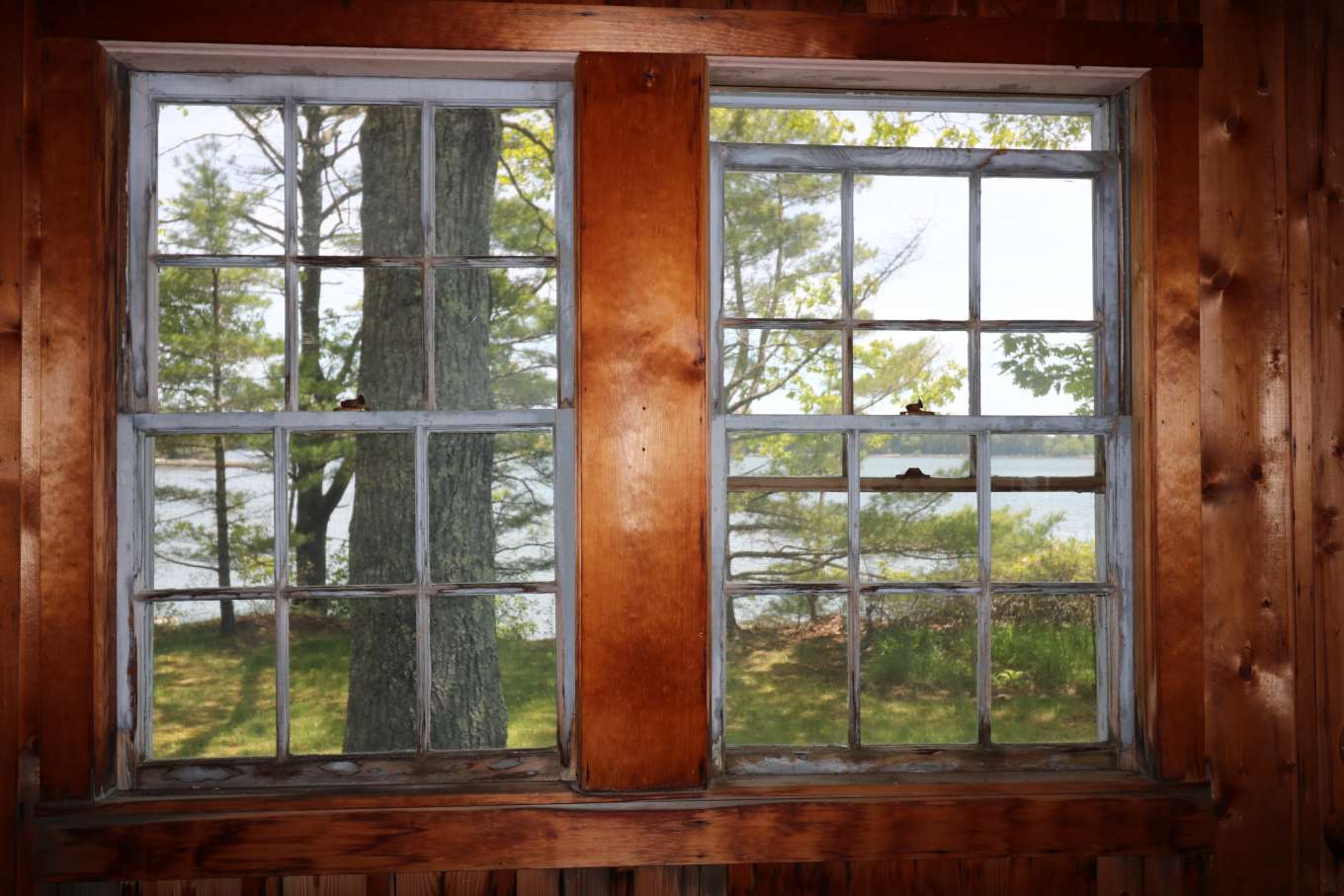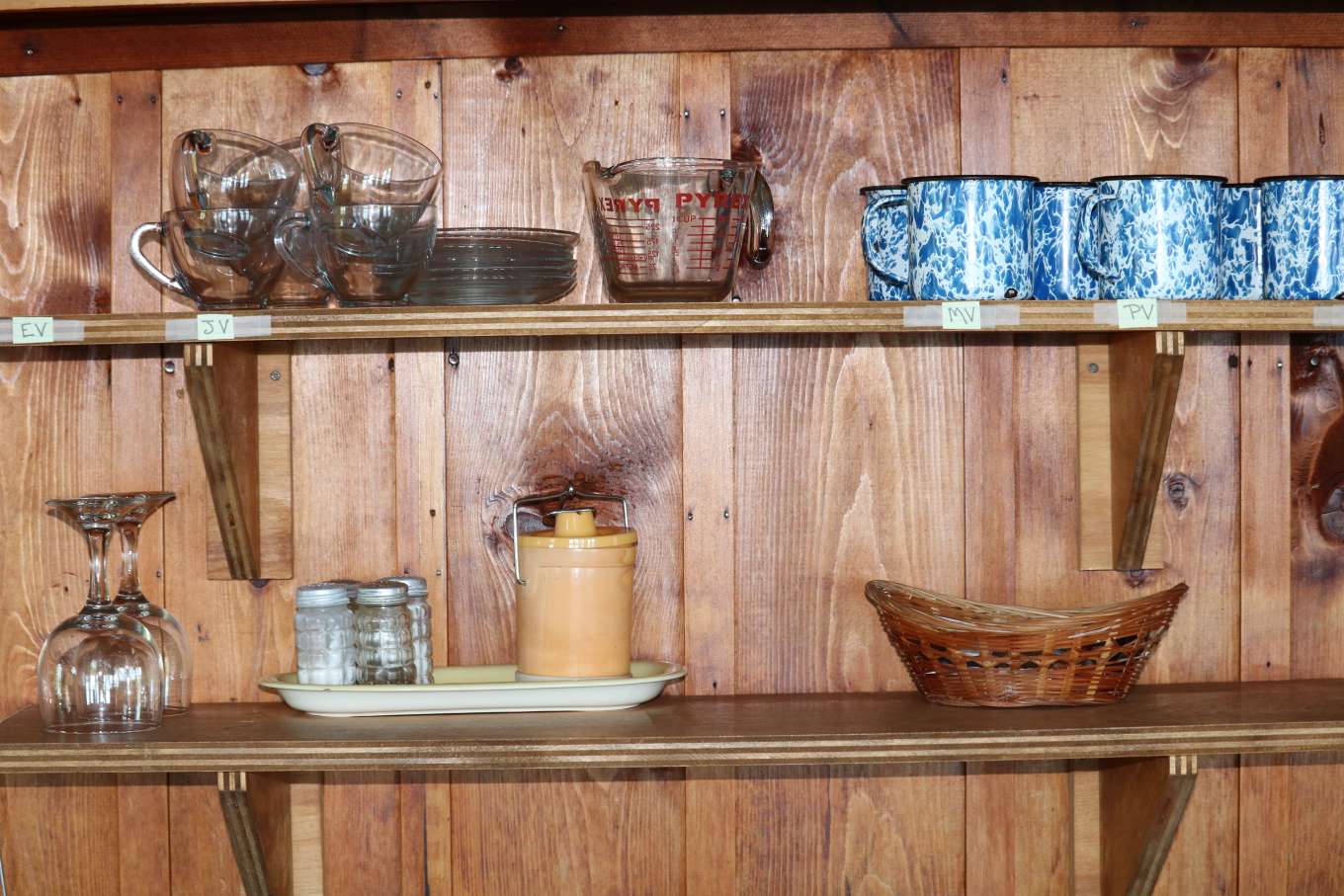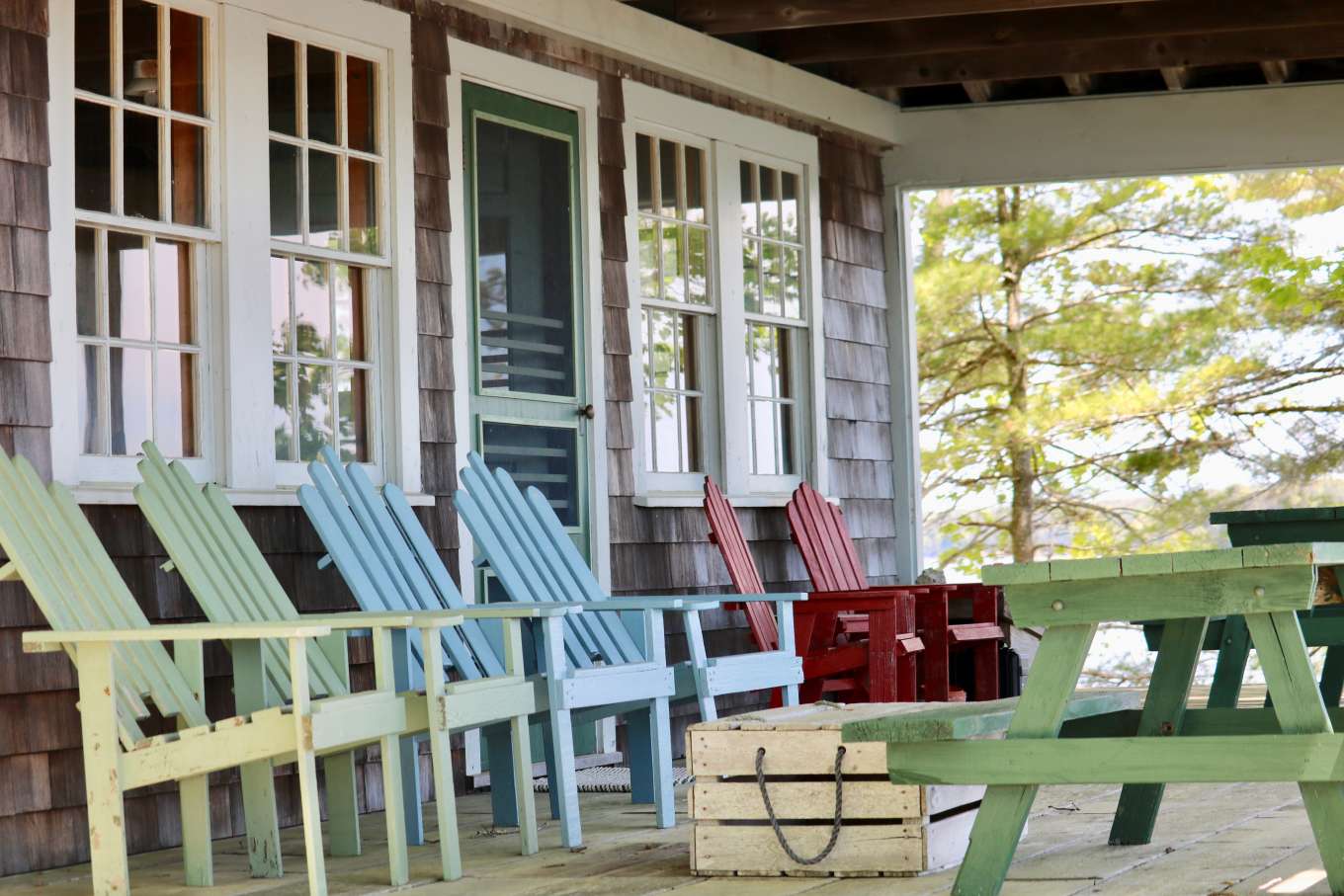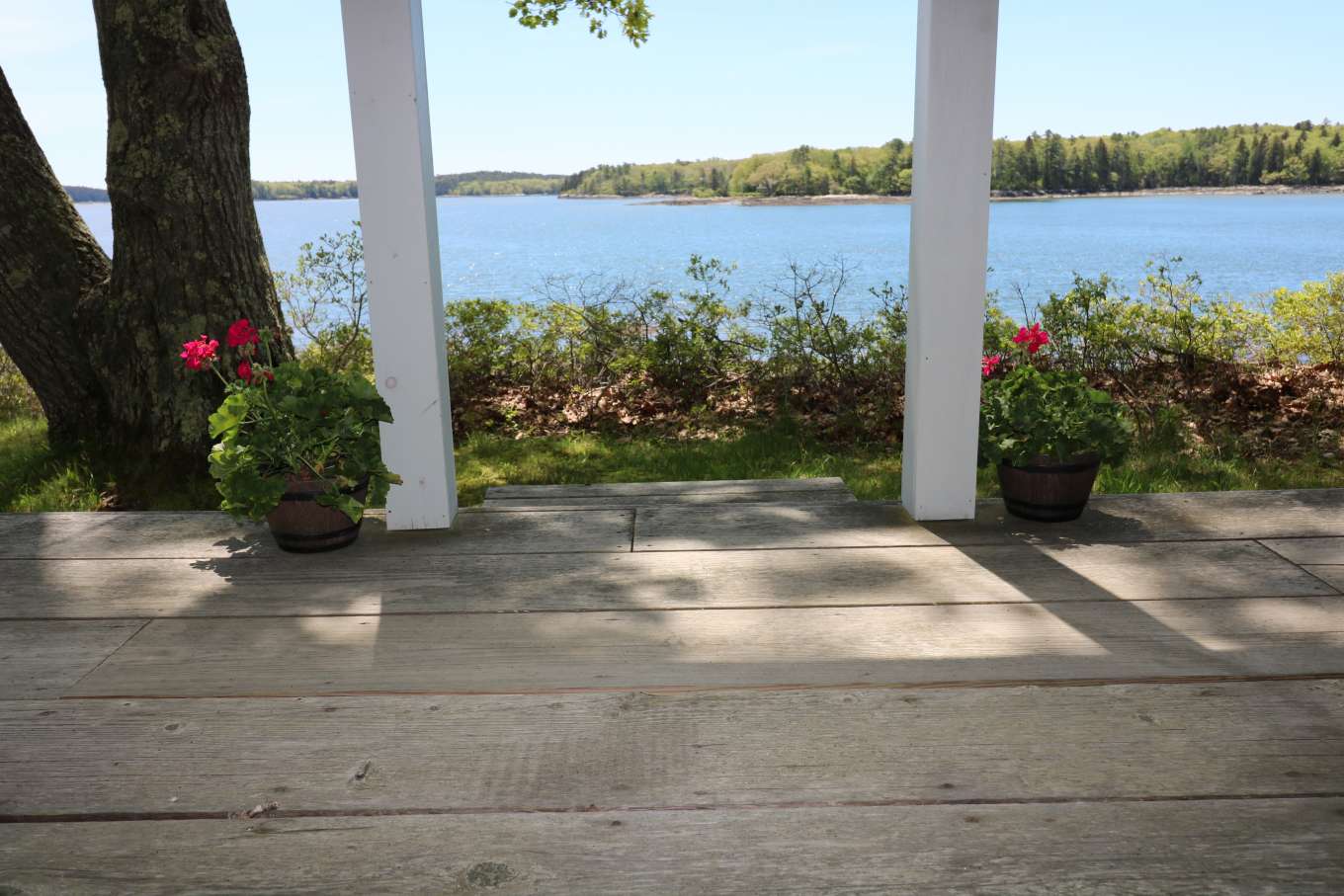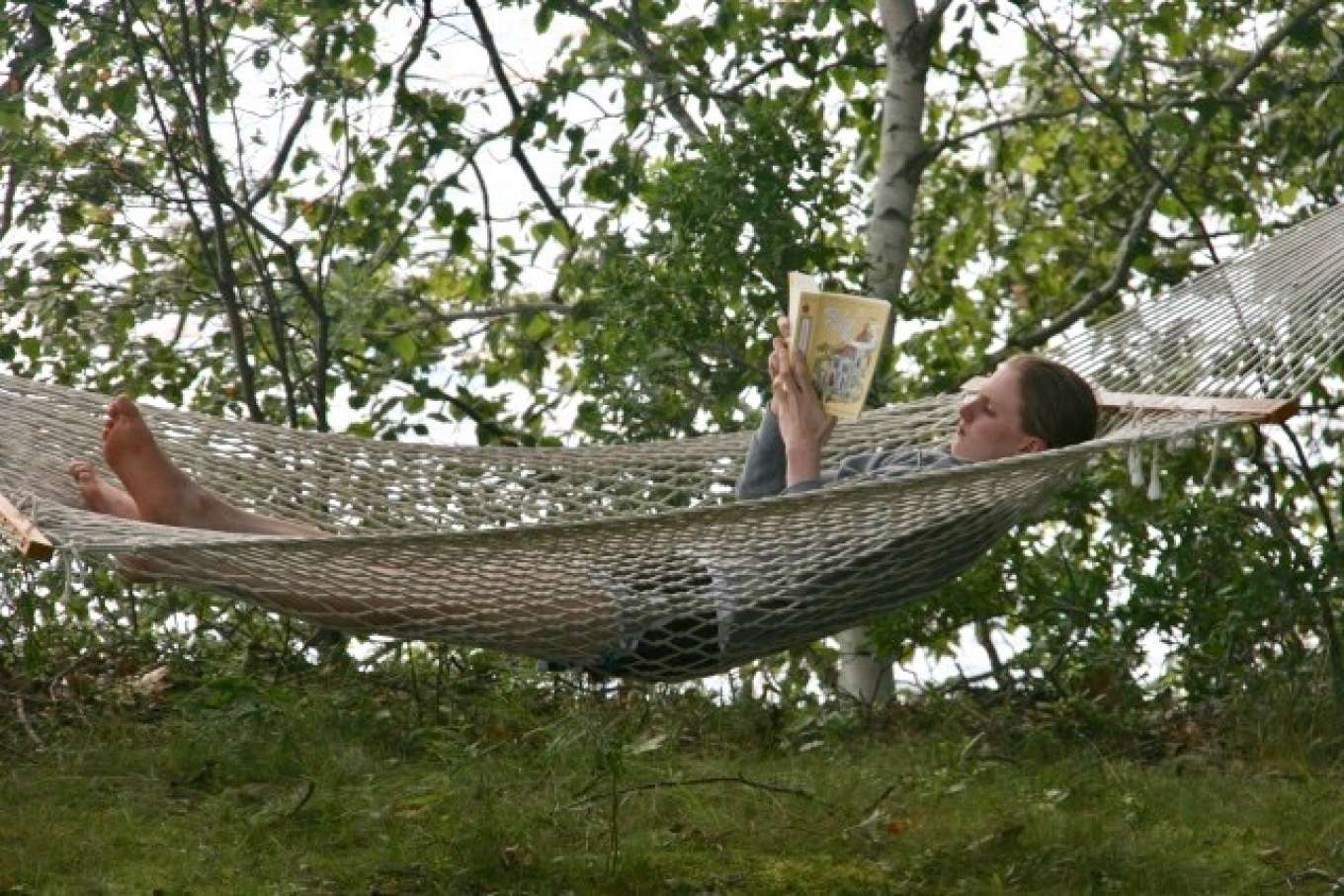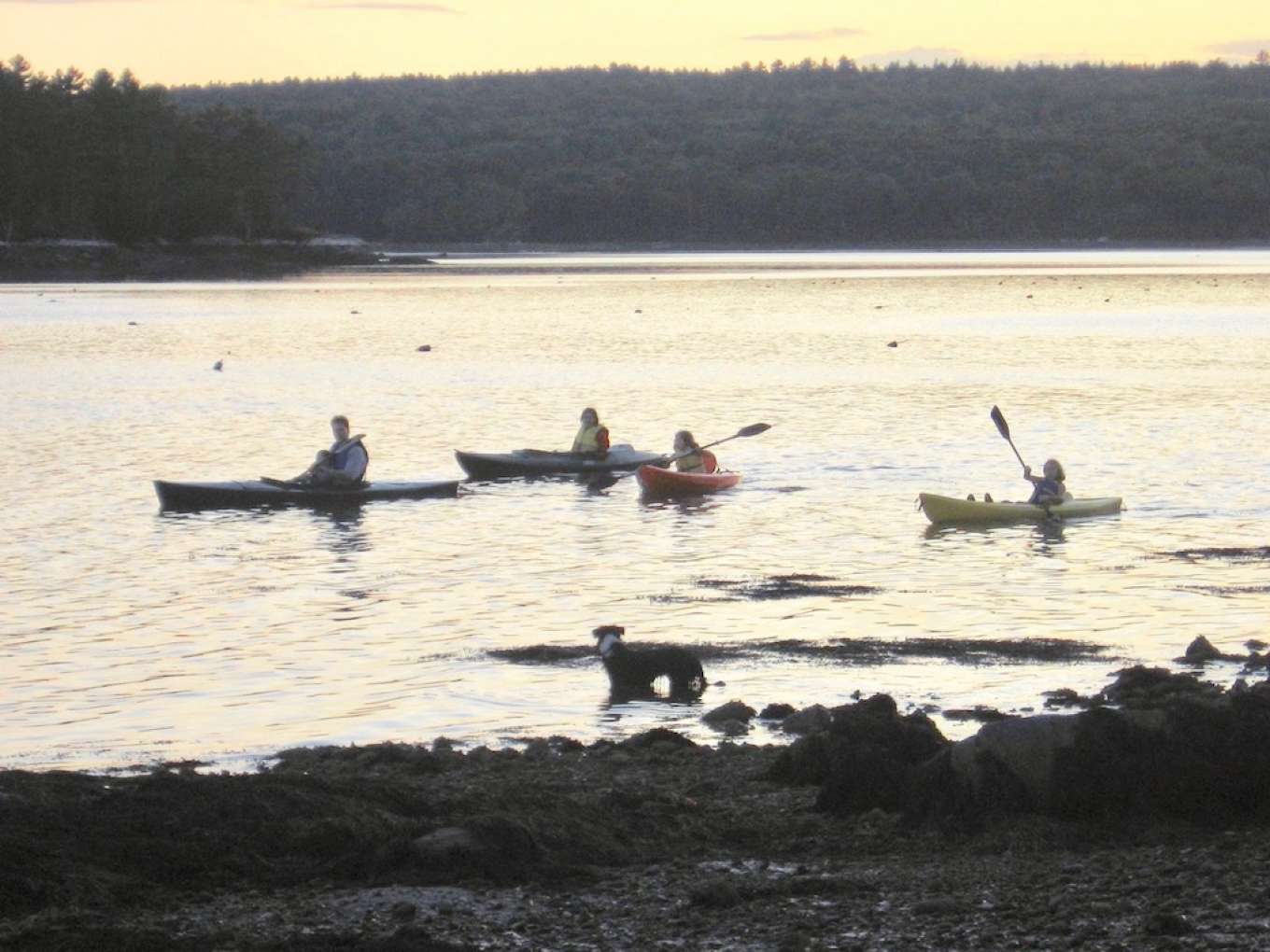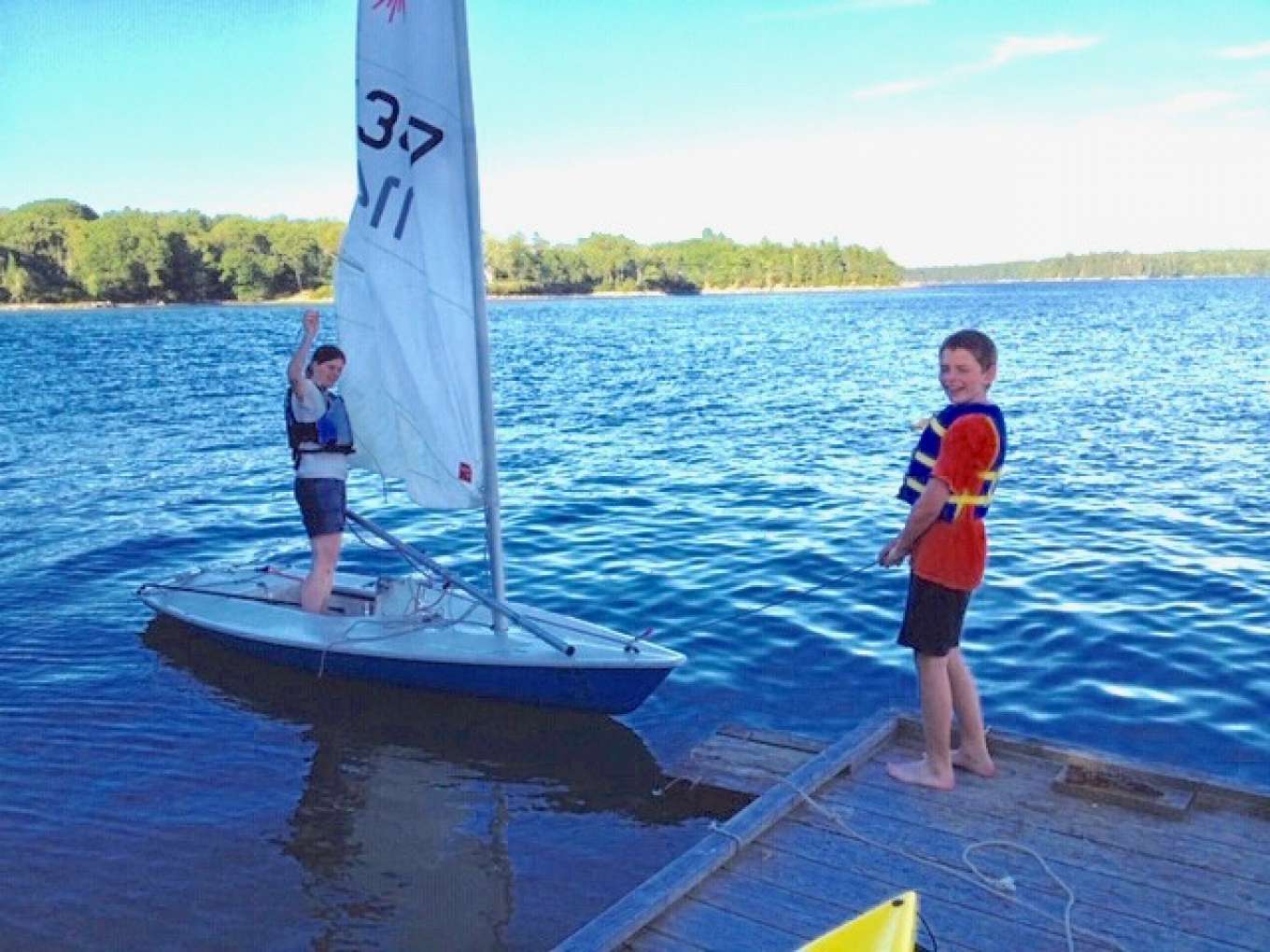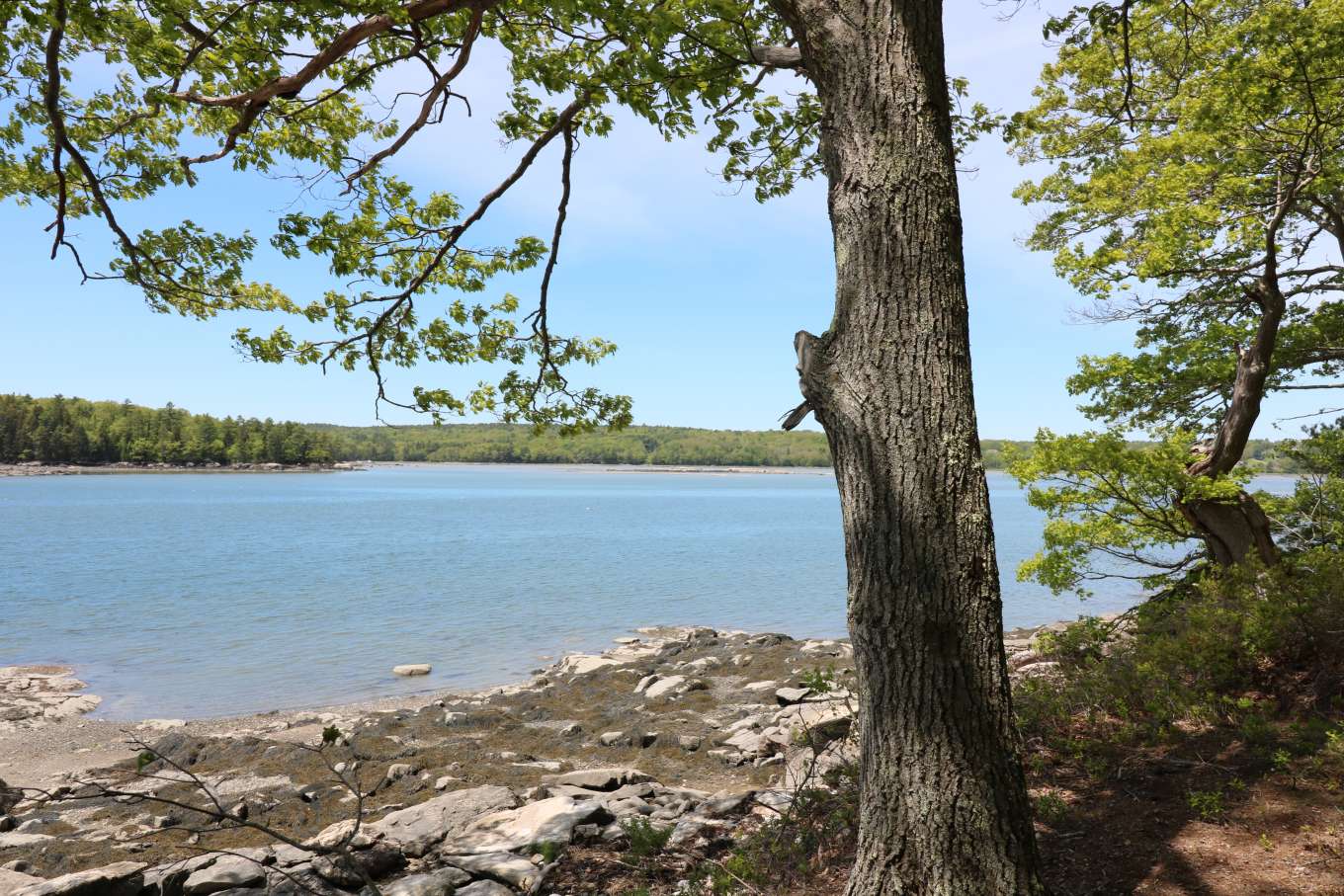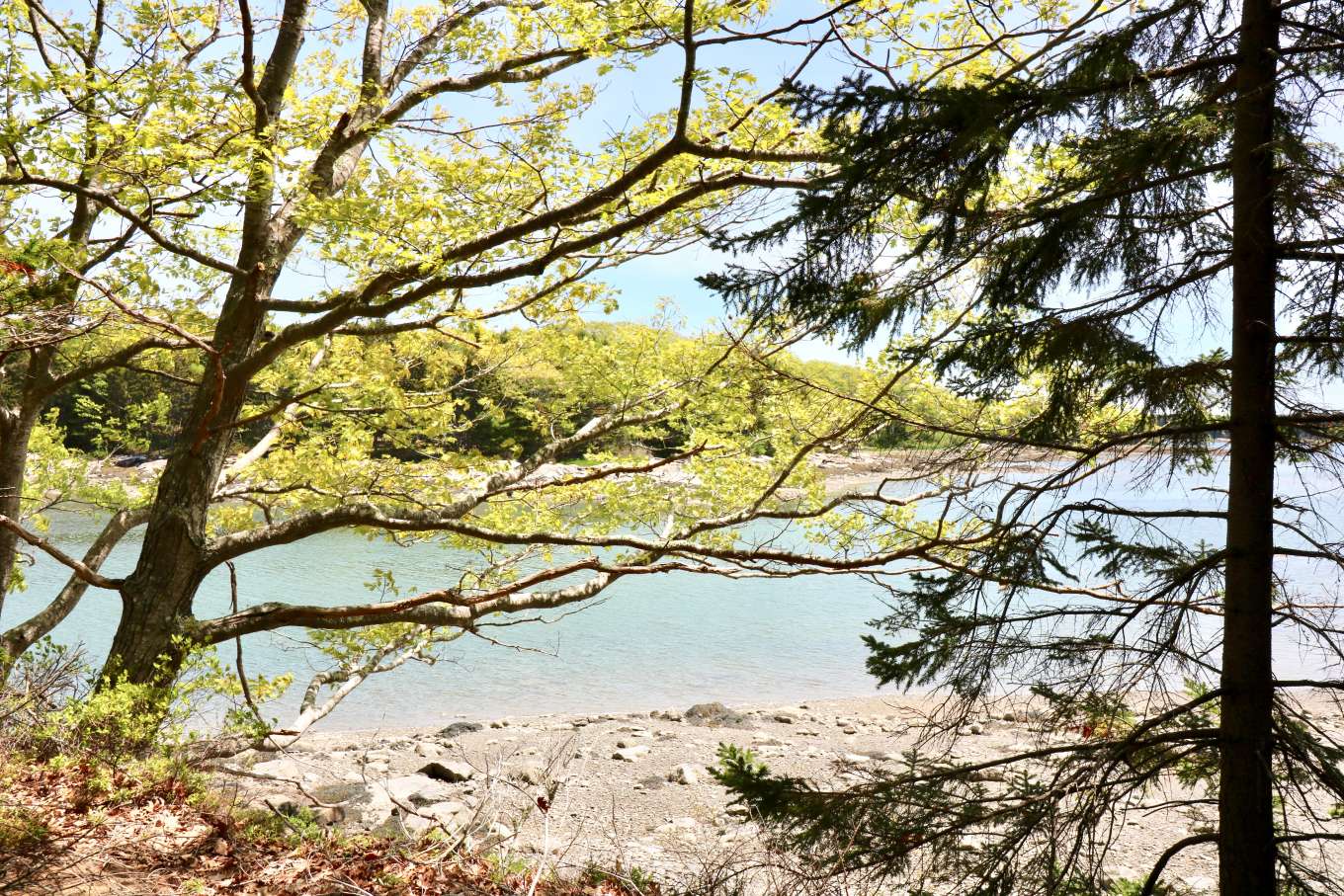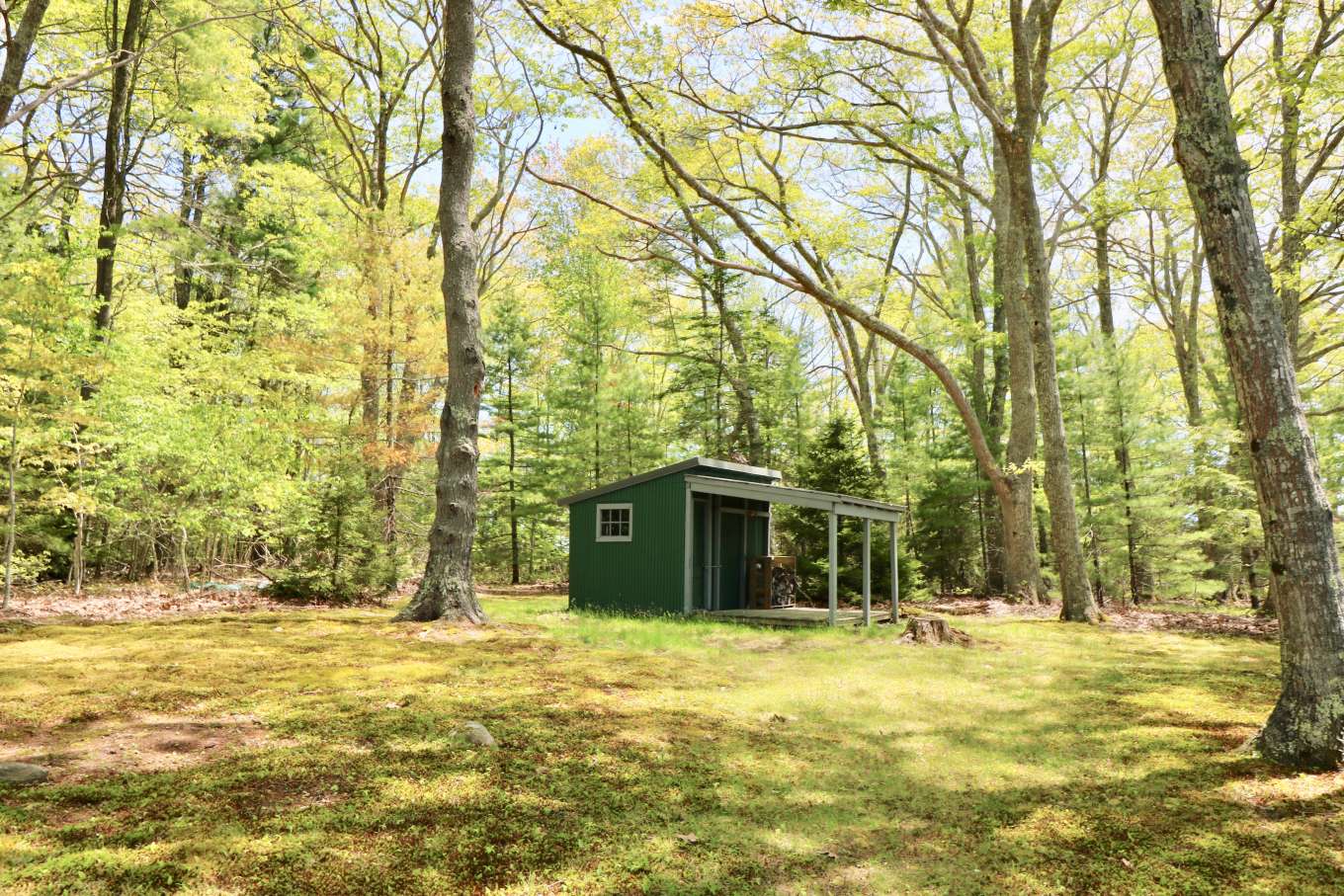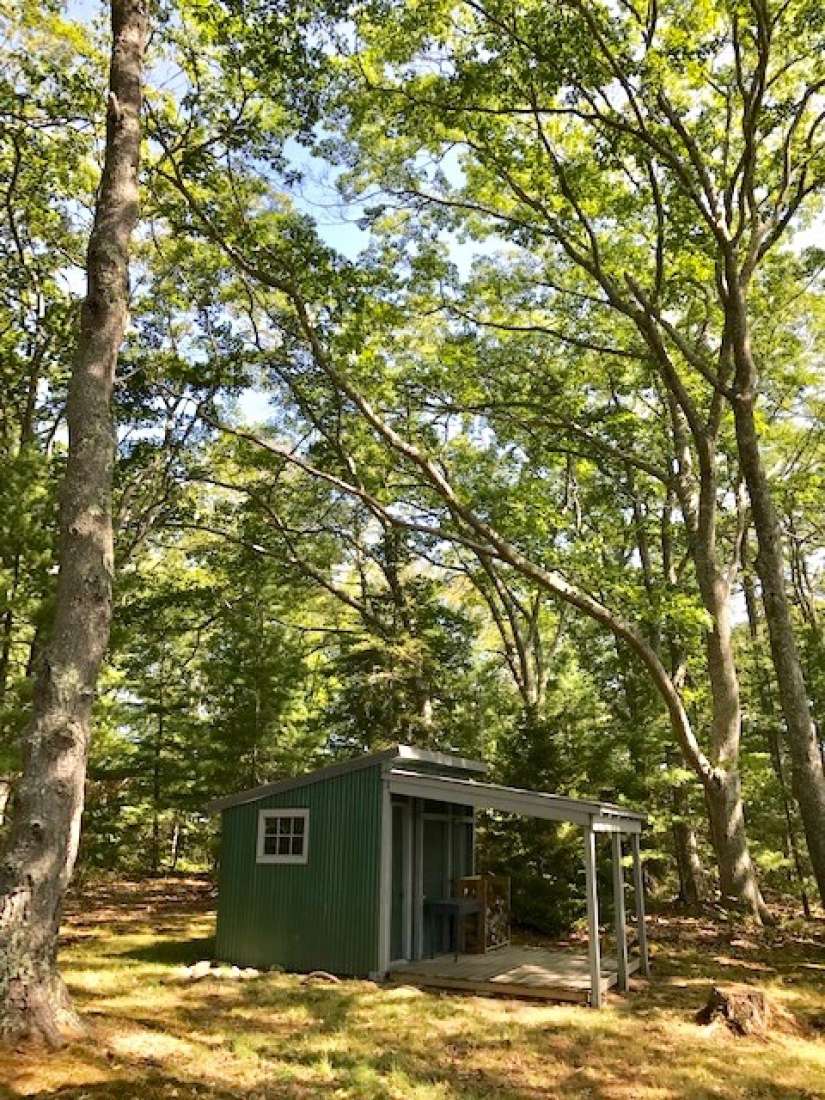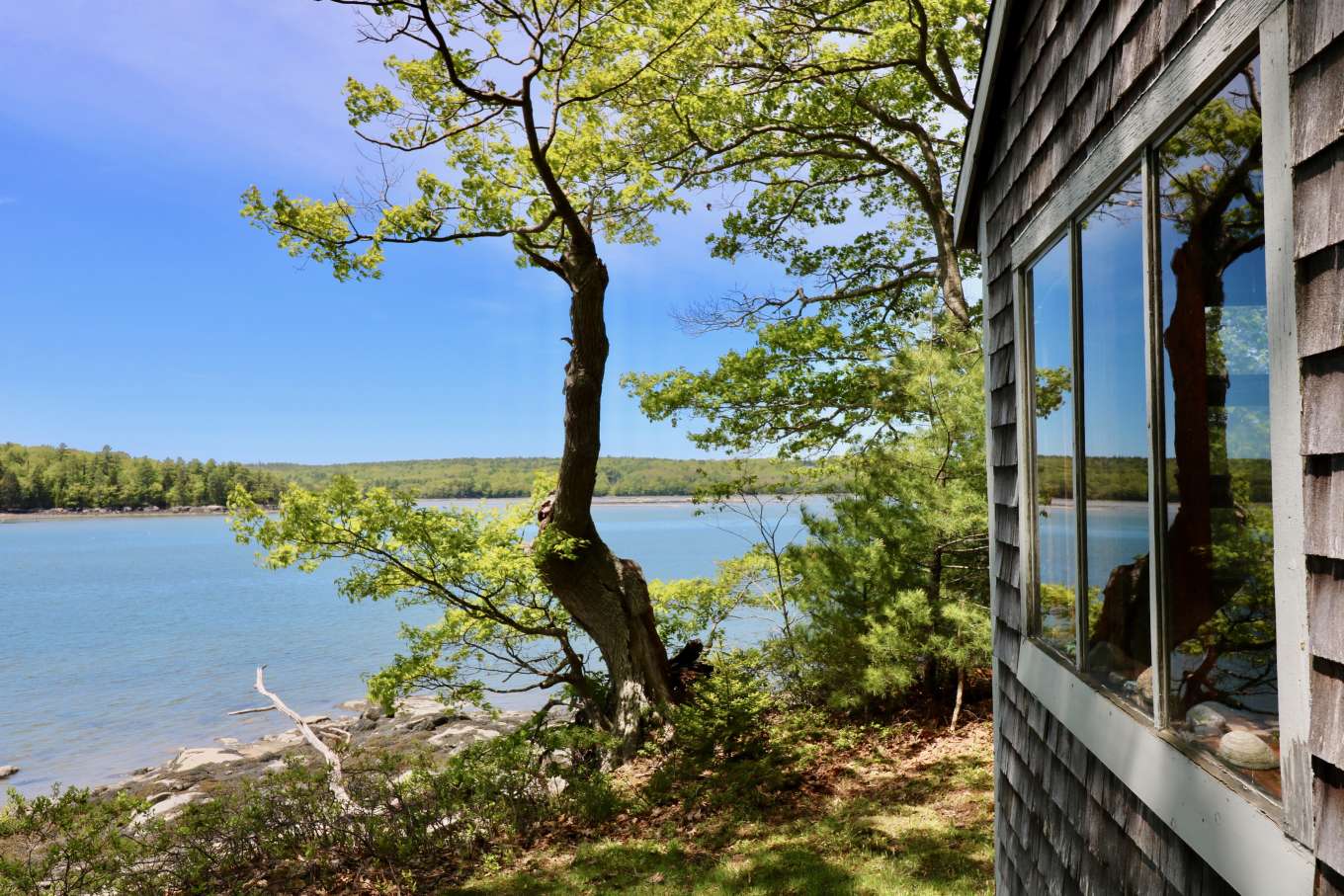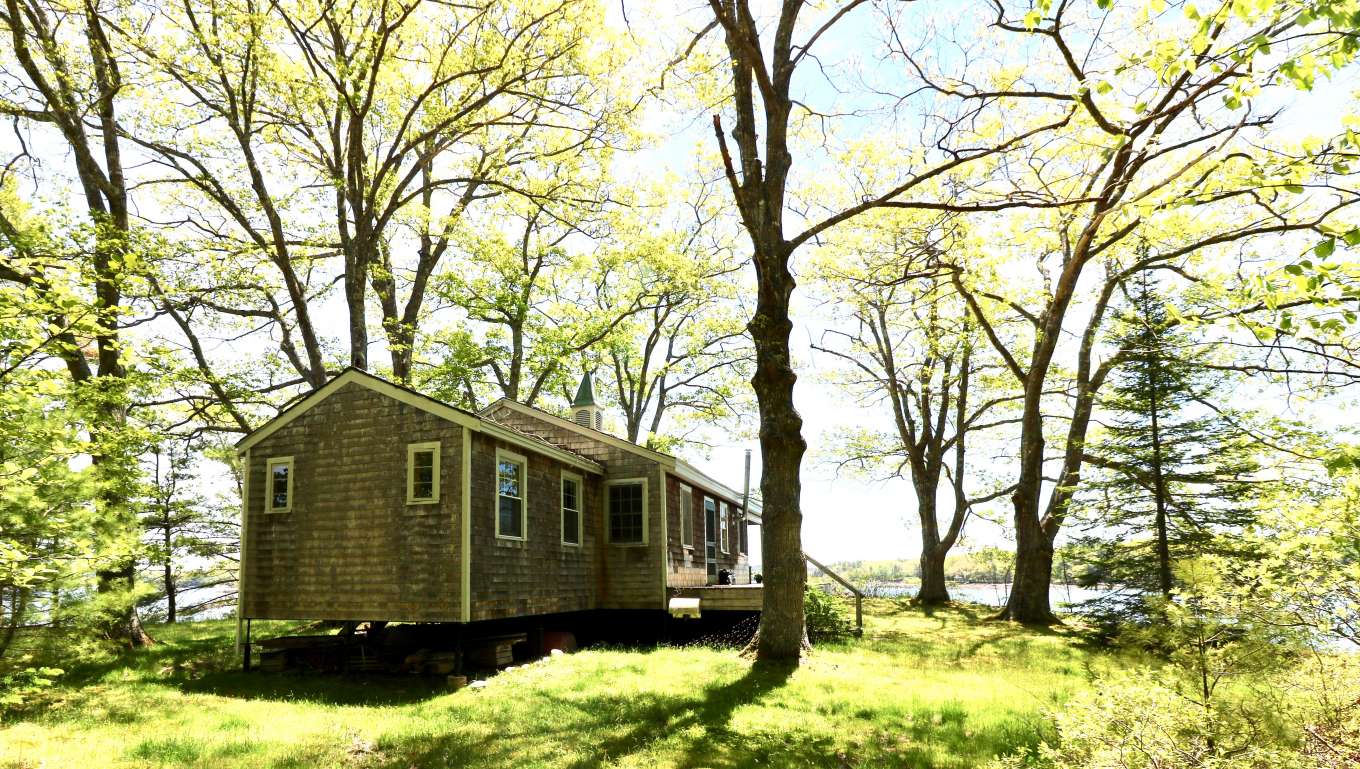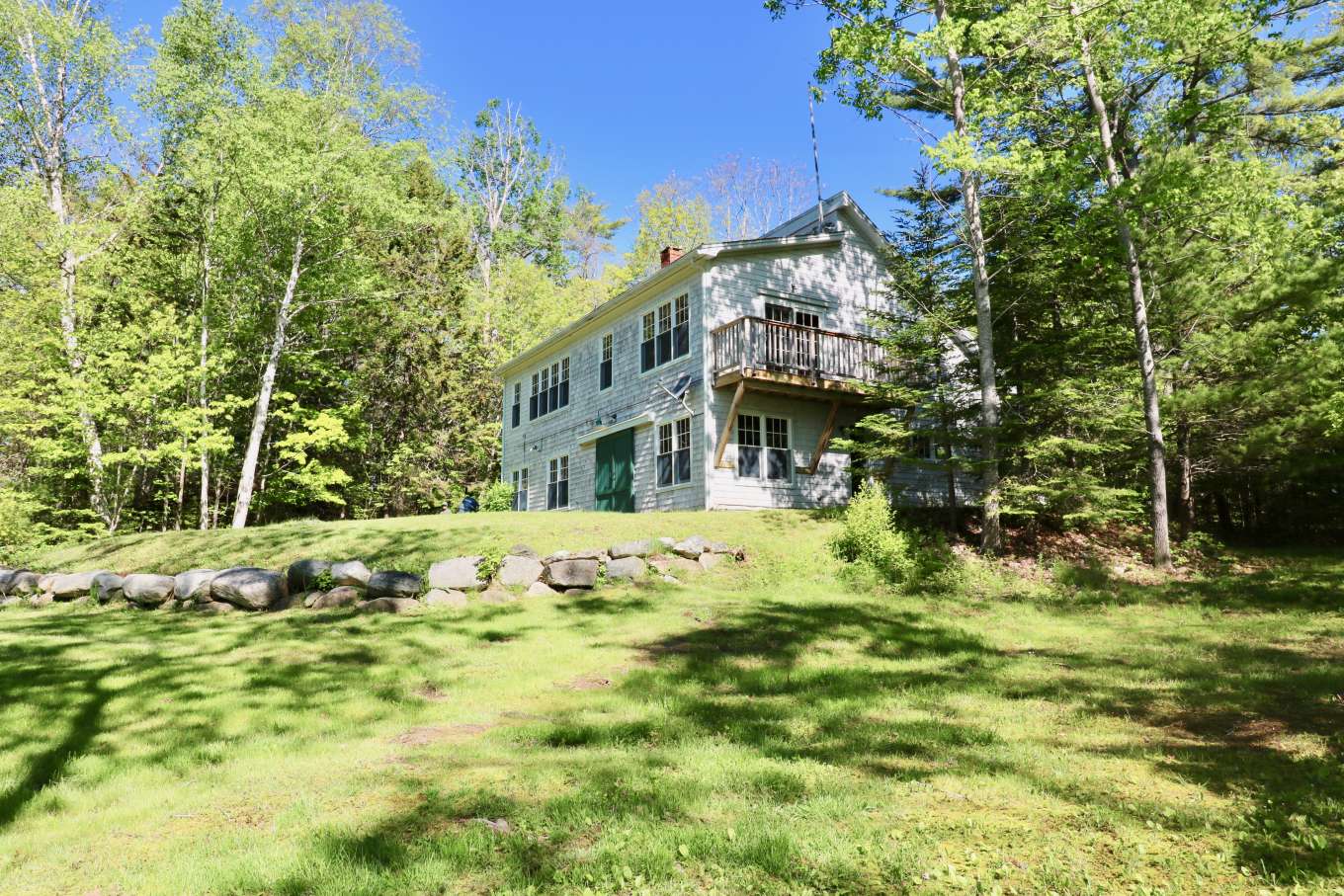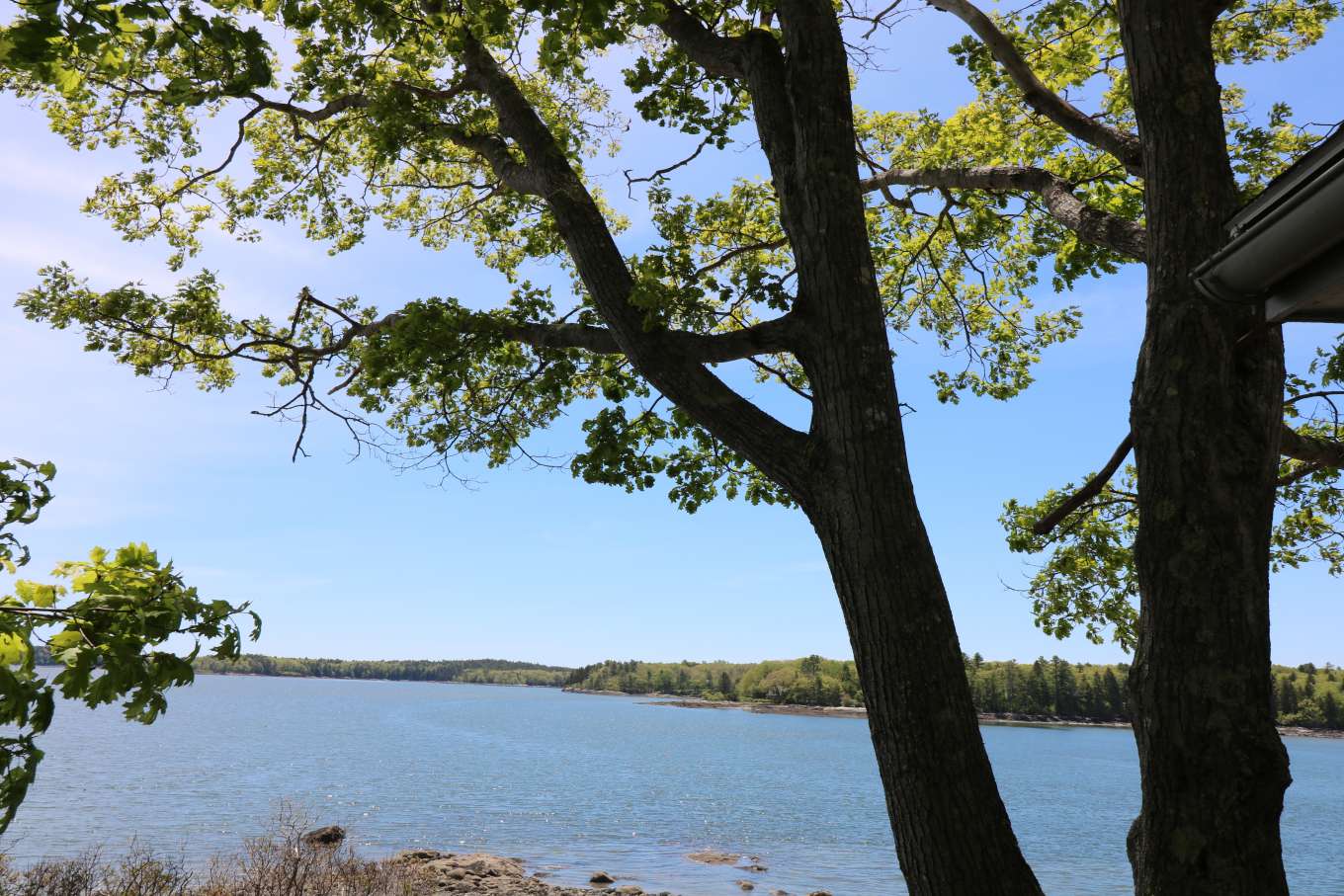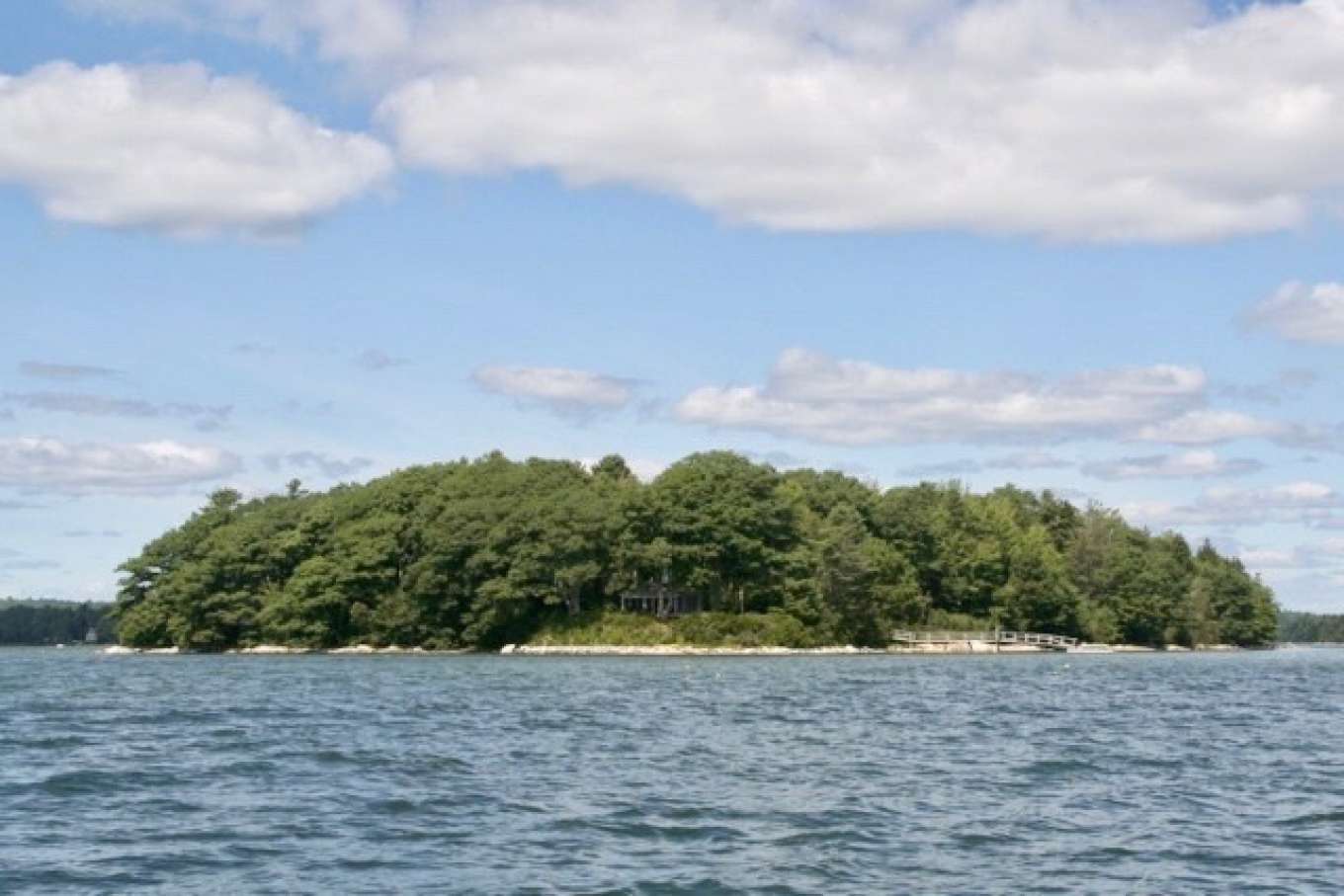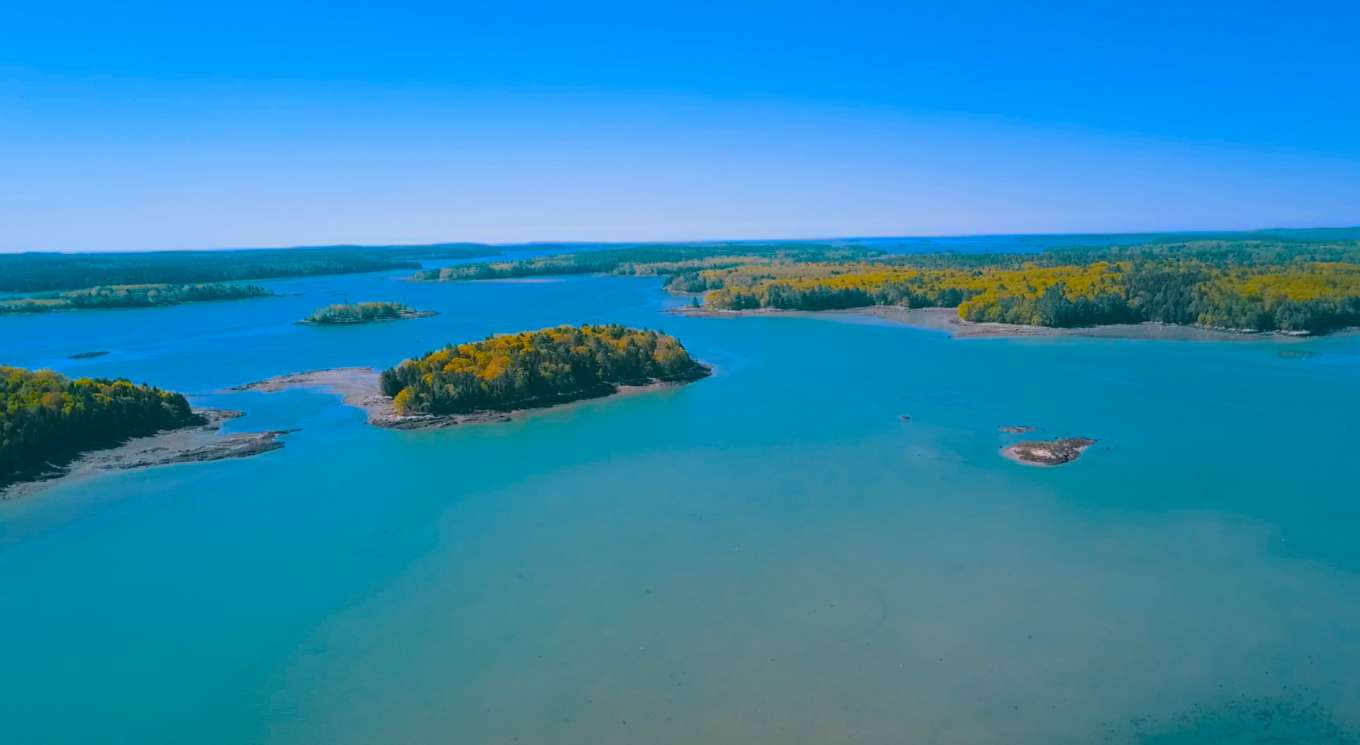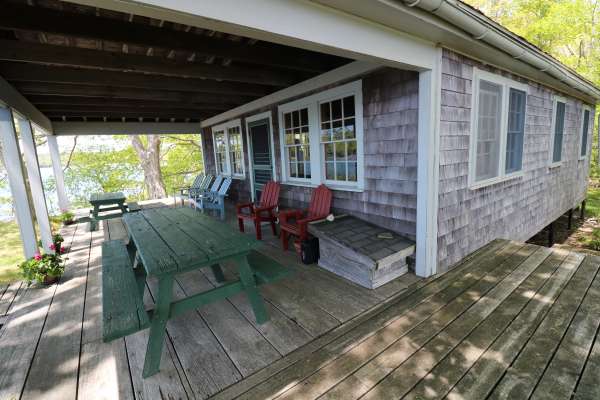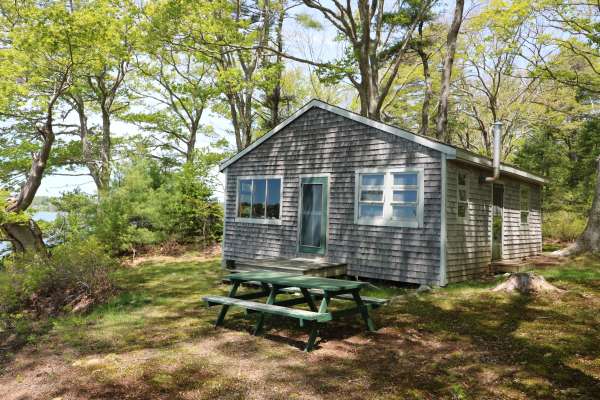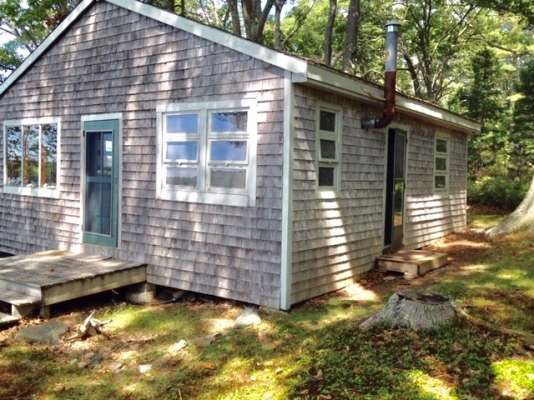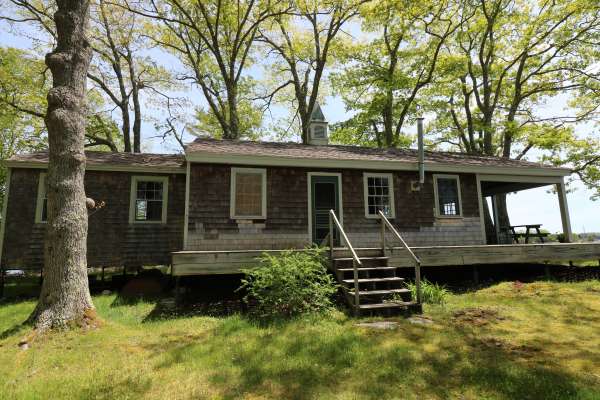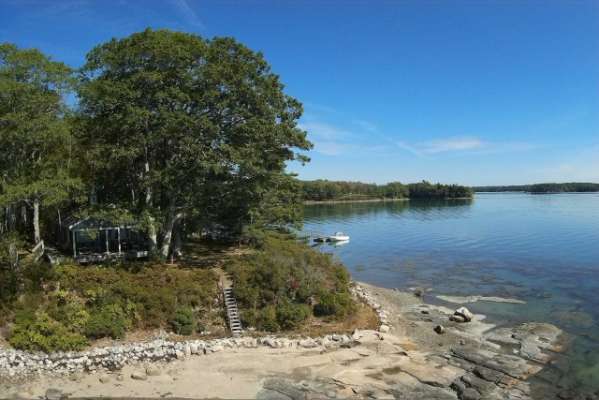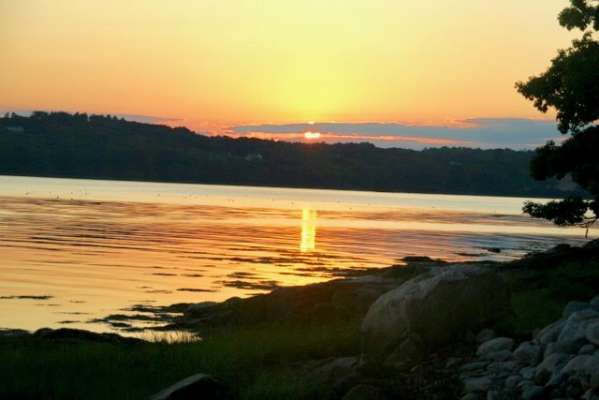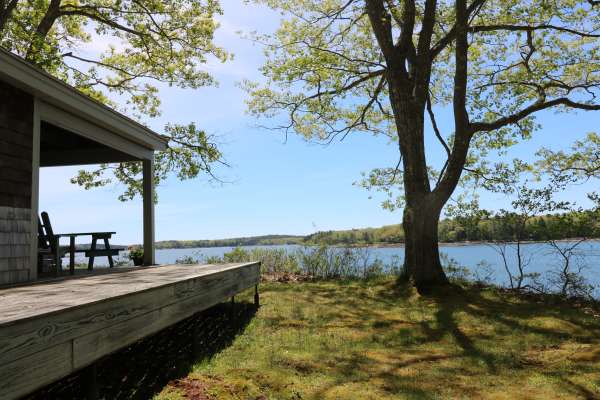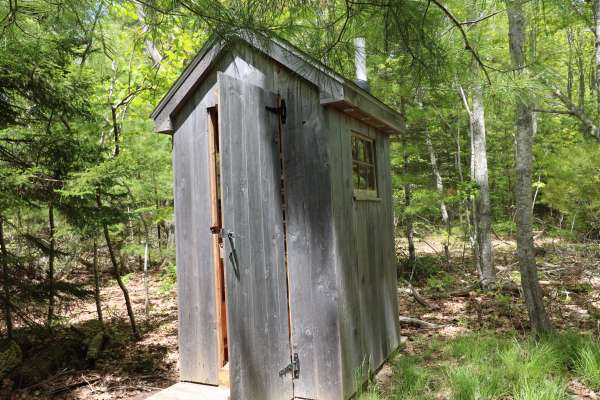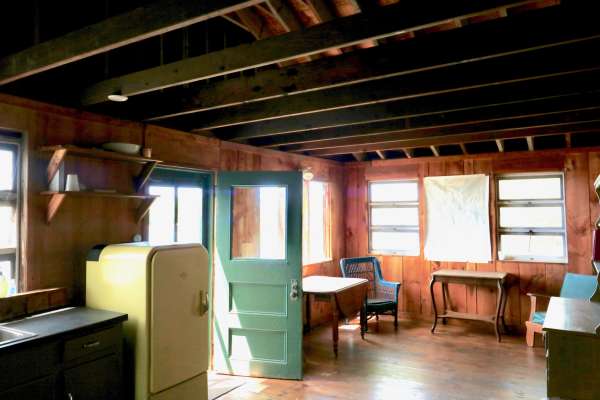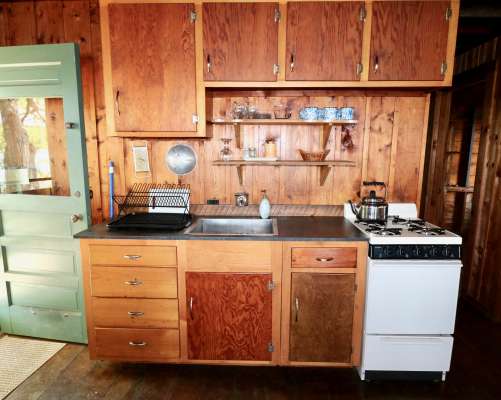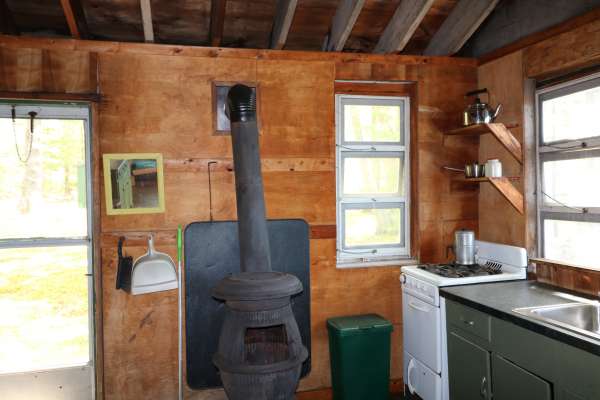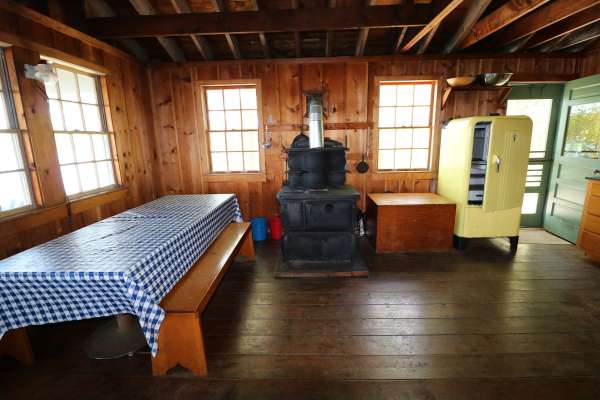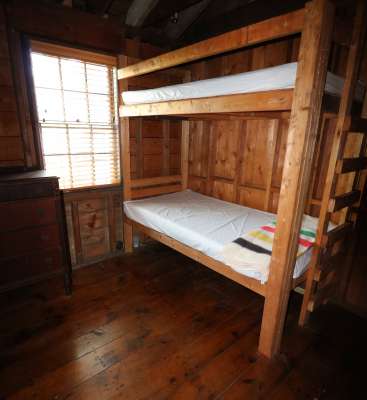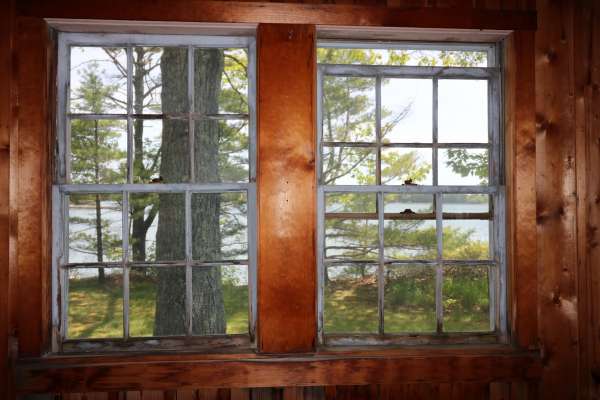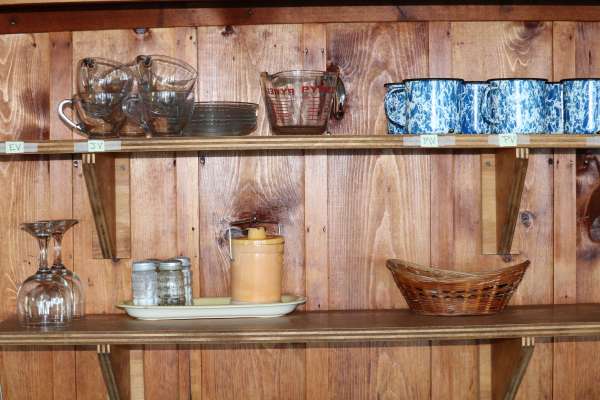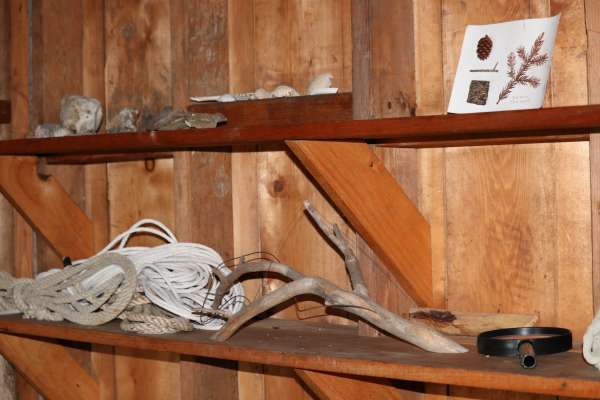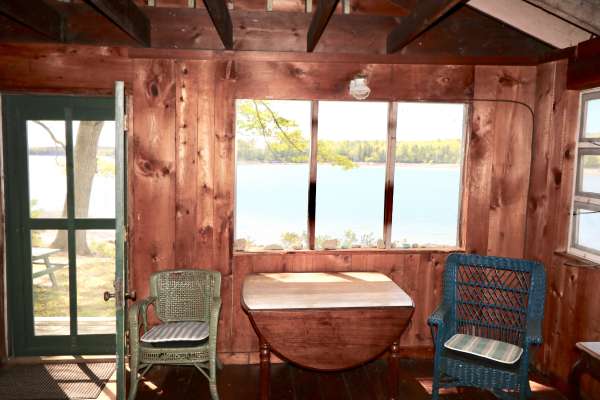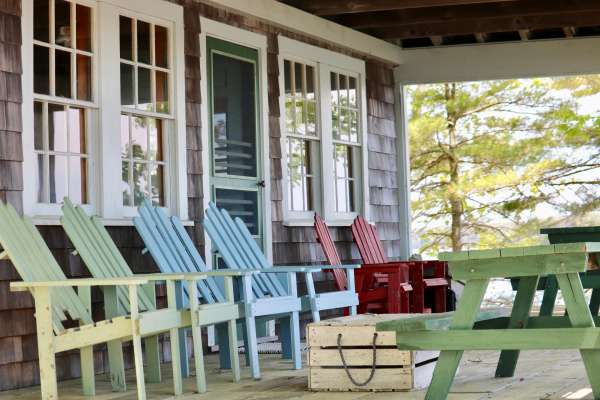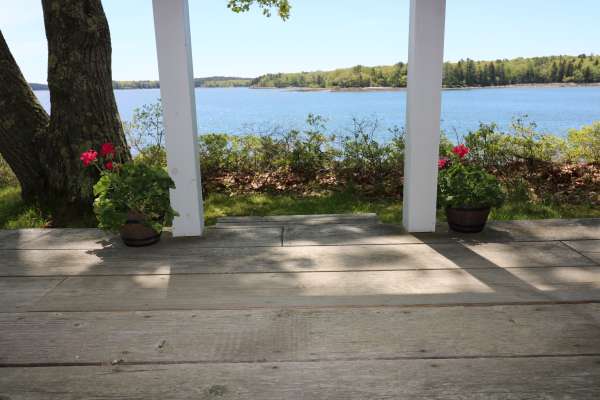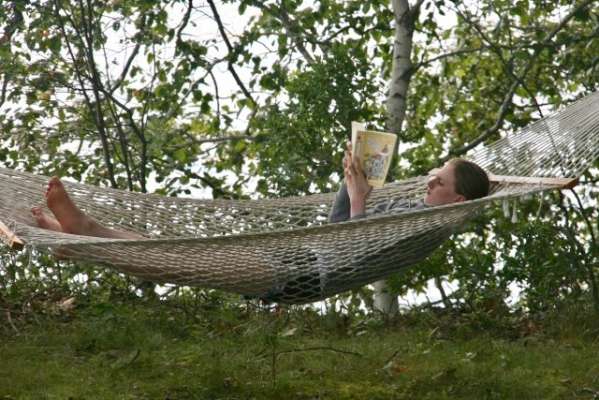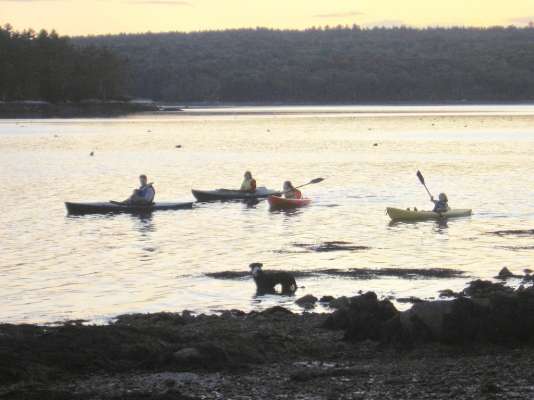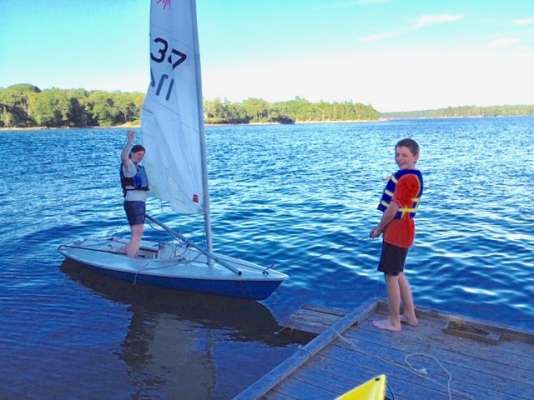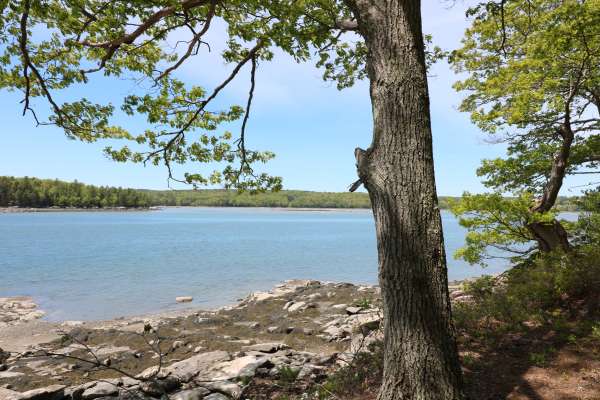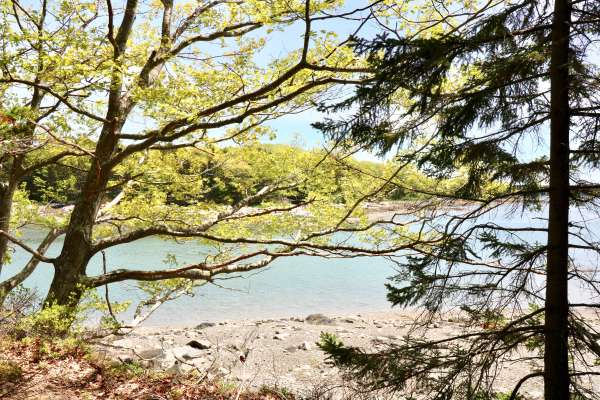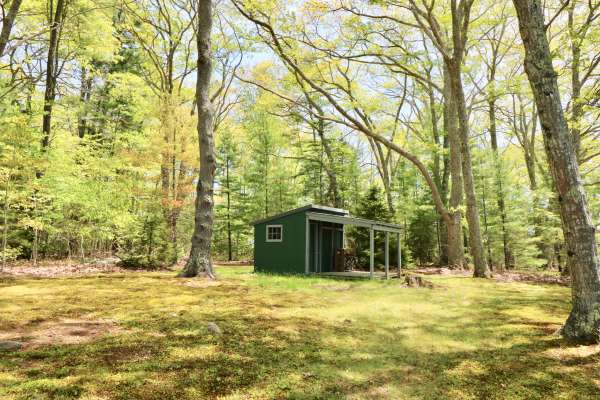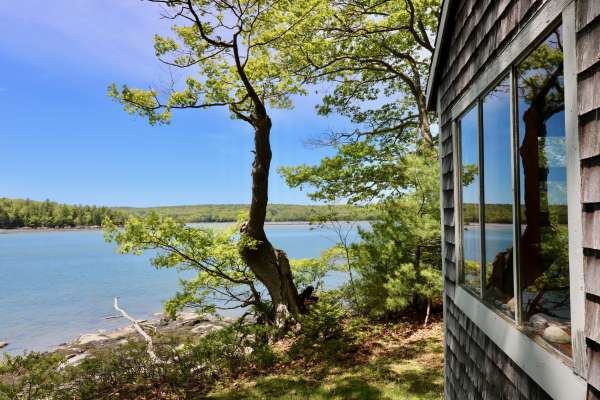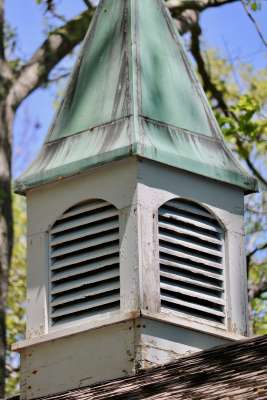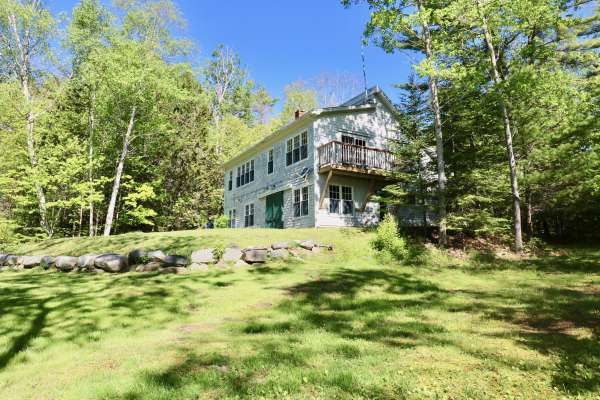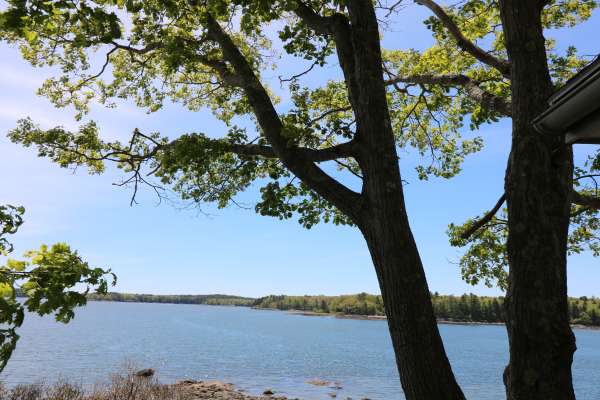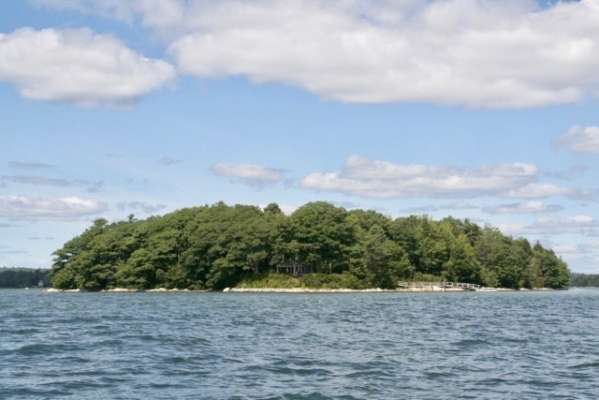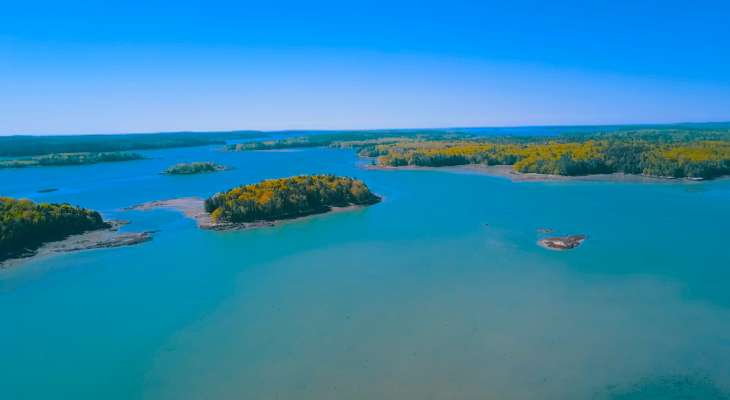Johnston Island
Named after Captain Thomas Johnston, this wild granite island includes two well-maintained classic Maine camps overlooking stone and sand beaches with panoramic views across Muscongus Bay and many surrounding islands. Its forest is mixed spruce and mature oak interspersed with walking paths and grassy glades. A marine dock and mooring lie along its southeast shore. Thoughtful access included in the form of a second waterfront mainland residenc ...
Named after Captain Thomas Johnston, this wild granite island includes two well-maintained classic Maine camps overlooking stone and sand beaches with panoramic views across Muscongus Bay and many surrounding islands. Its forest is mixed spruce and mature oak interspersed with walking paths and grassy glades. A marine dock and mooring lie along its southeast shore. Thoughtful access included in the form of a second waterfront mainland residence set on two-acres of woods with 200 feet of beachfront. A boat and trailer also are included.
The island is a place for restorative repose. Explore the trails, roam the beaches, discover the middens, identify and admire the sea and song birds. After a day of fishing and kayaking, play board games in the main building. Two simple residences allow for old fashioned generational gatherings. Another outbuilding is suitable for a writing shed or painter’s studio. A hammock beckons for an afternoon nap after reading a favorite book. Family-style dinners, lobster bakes on the beach, and refreshments on the broad porch are activities that naturally flow from the relaxed summer atmosphere.
The mainland property is one mile from Johnston Island and also includes a dock, mooring, indoor boat storage space, underground wiring, and two independent quarters comprising 1,200 square feet of living space. Both island and mainland properties are part of the small town of Waldoboro, and neighbor the lobstering villages of Bremen and Friendship. The closest medium-sized towns are Damariscotta and Rockland.
MORE ABOUT THE LOCALE
Muscongus Bay is a spectacular island-speckled coastal seaway that may be the last remaining unspoiled Maine bay-sized estuary. This is where Captain George Weymouth first made American landfall on May 17, 1605 (15 years before Plymouth Colony was founded), leaving a cross on Allen Island before sailing further down the coast to Cape Cod.
Muscongus Bay is prime Maine lobstering territory. Being well protected and geographically isolated by neighboring peninsulas from Casco and Penobscot Bays, it is off the beaten tourist path despite its proximity to Portland, an hour and a half south. Muscongus Bay is home to more than 80 islands, including Monhegan, a year-round lobstering and artist community. It also houses the Audubon Society’s natural history educational center, Hog Island, as well as Audubon’s premier puffin restoration site, Eastern Egg Rock. Muscongus Bay lies in the middle of the famed 375-mile-long Maine Island Trail, awarded the “Best Sea Kayaking Trail in the Nation” by Outside Magazine. Unlike other parts of the Maine coast, lobster boats plying the Bay’s waters vastly outnumber recreational vessels.
Named after Captain Thomas Johnston, this wild granite island includes two well-maintained classic Maine camps overlooking stone and sand beaches with panoramic views across Muscongus Bay and many surrounding islands. Its forest is mixed spruce and mature oak interspersed with walking paths and grassy glades. A marine dock and mooring lie along its southeast shore. Thoughtful access included in the form of a second waterfront mainland residence set on two-acres of woods with 200 feet of beachfront. A boat and trailer also are included.
The island is a place for restorative repose. Explore the trails, roam the beaches, discover the middens, identify and admire the sea and song birds. After a day of fishing and kayaking, play board games in the main building. Two simple residences allow for old fashioned generational gatherings. Another outbuilding is suitable for a writing shed or painter’s studio. A hammock beckons for an afternoon nap after reading a favorite book. Family-style dinners, lobster bakes on the beach, and refreshments on the broad porch are activities that naturally flow from the relaxed summer atmosphere.
The mainland property is one mile from Johnston Island and also includes a dock, mooring, indoor boat storage space, underground wiring, and two independent quarters comprising 1,200 square feet of living space. Both island and mainland properties are part of the small town of Waldoboro, and neighbor the lobstering villages of Bremen and Friendship. The closest medium-sized towns are Damariscotta and Rockland.
MORE ABOUT THE LOCALE
Muscongus Bay is a spectacular island-speckled coastal seaway that may be the last remaining unspoiled Maine bay-sized estuary. This is where Captain George Weymouth first made American landfall on May 17, 1605 (15 years before Plymouth Colony was founded), leaving a cross on Allen Island before sailing further down the coast to Cape Cod.
Muscongus Bay is prime Maine lobstering territory. Being well protected and geographically isolated by neighboring peninsulas from Casco and Penobscot Bays, it is off the beaten tourist path despite its proximity to Portland, an hour and a half south. Muscongus Bay is home to more than 80 islands, including Monhegan, a year-round lobstering and artist community. It also houses the Audubon Society’s natural history educational center, Hog Island, as well as Audubon’s premier puffin restoration site, Eastern Egg Rock. Muscongus Bay lies in the middle of the famed 375-mile-long Maine Island Trail, awarded the “Best Sea Kayaking Trail in the Nation” by Outside Magazine. Unlike other parts of the Maine coast, lobster boats plying the Bay’s waters vastly outnumber recreational vessels.

